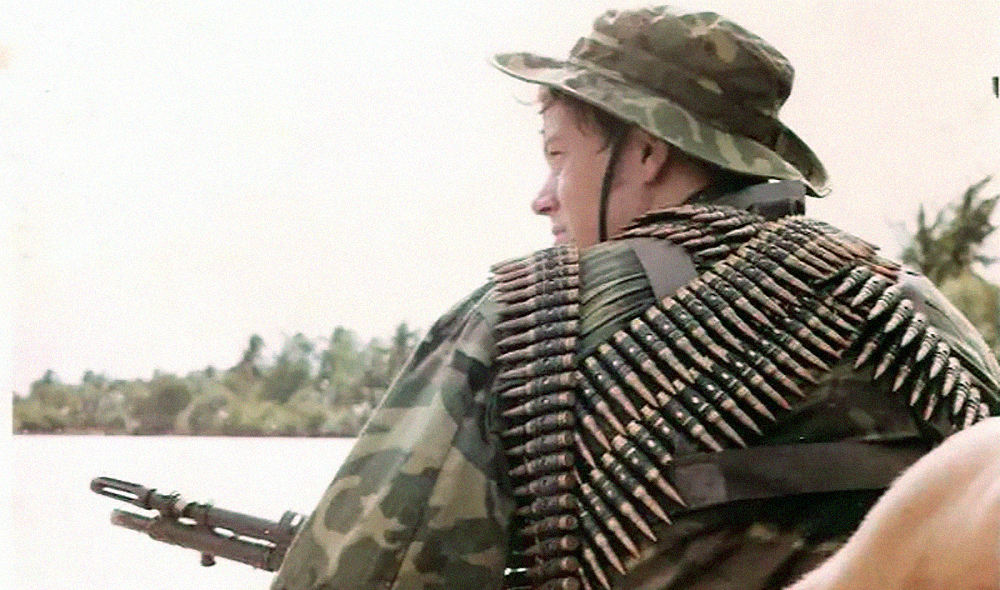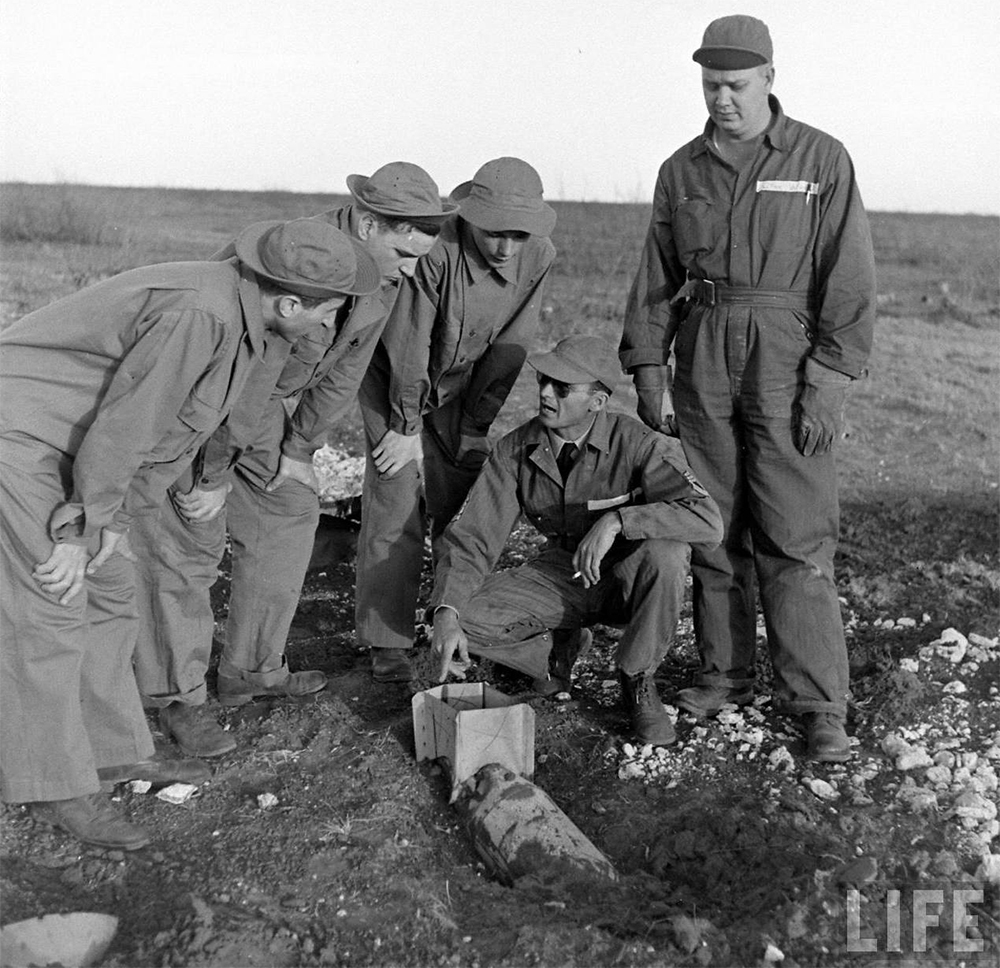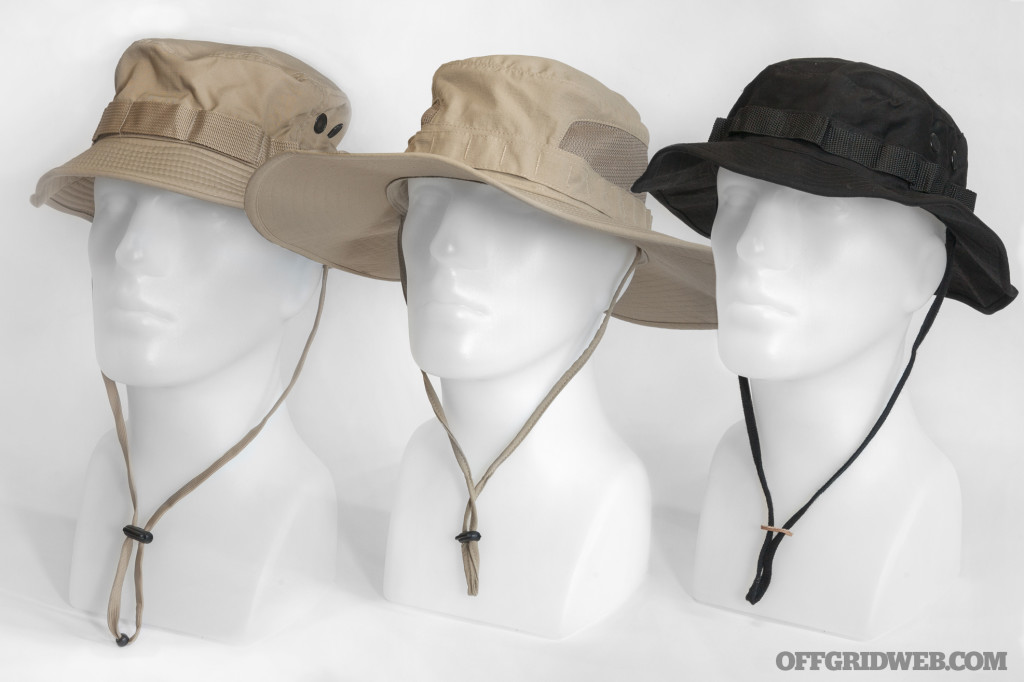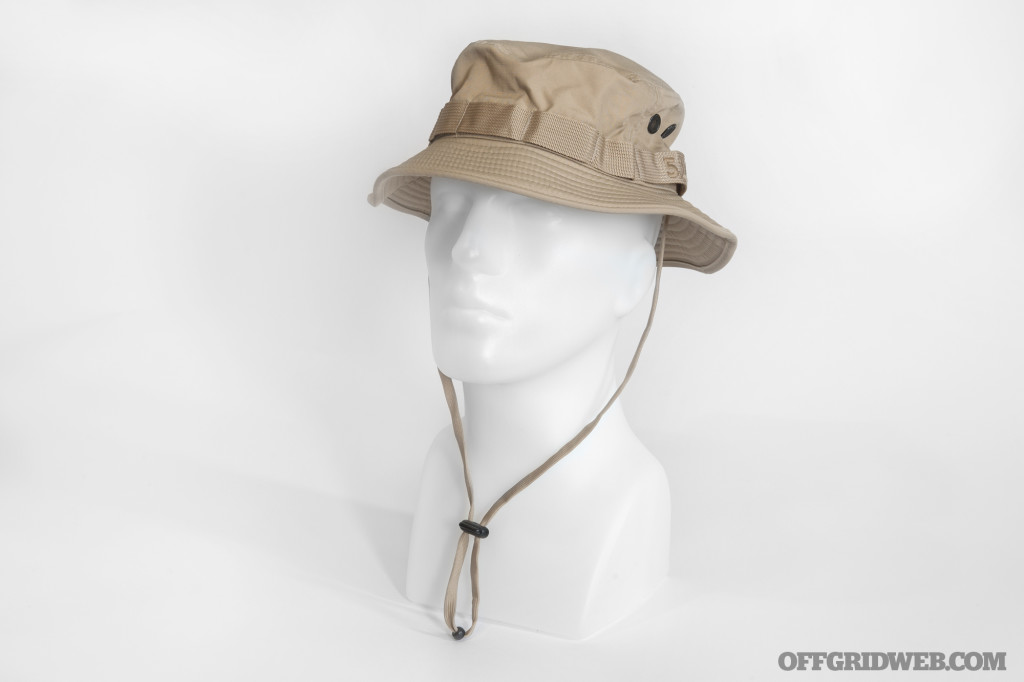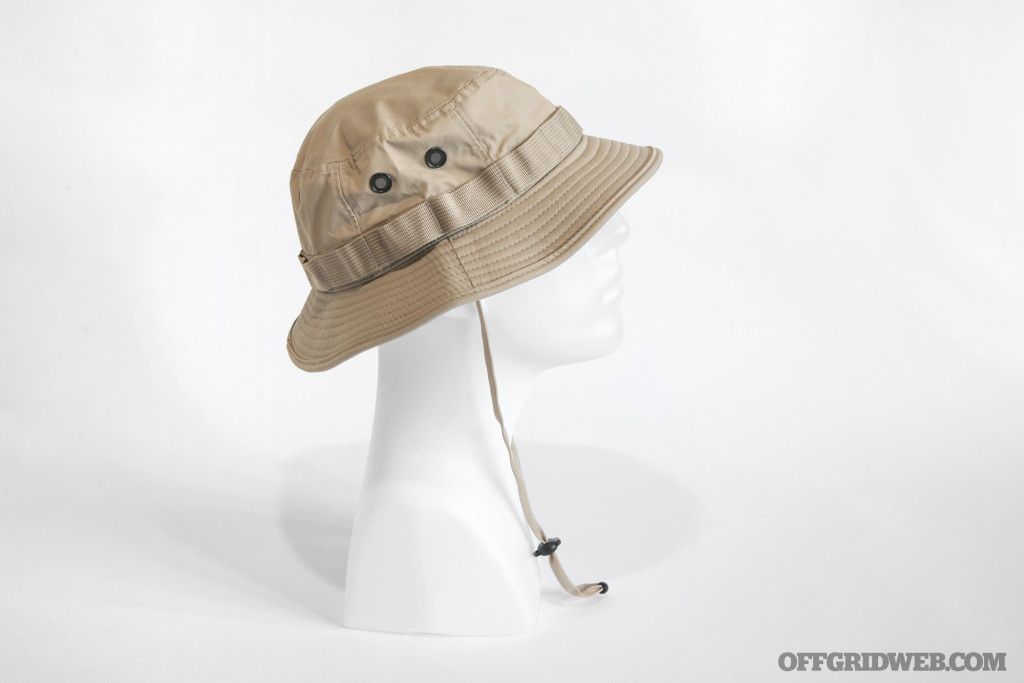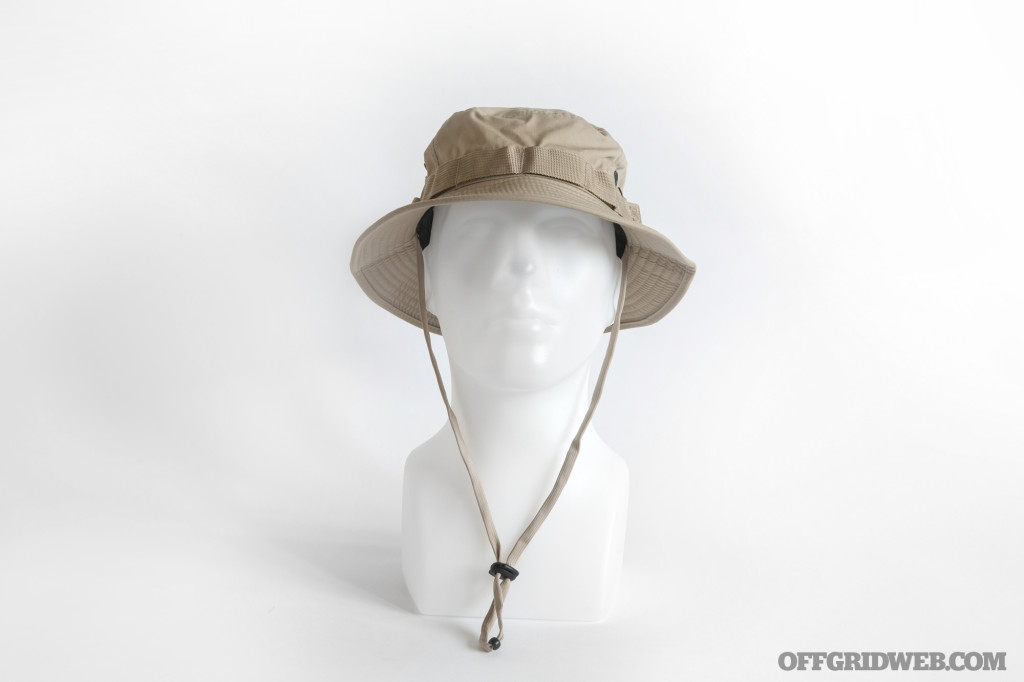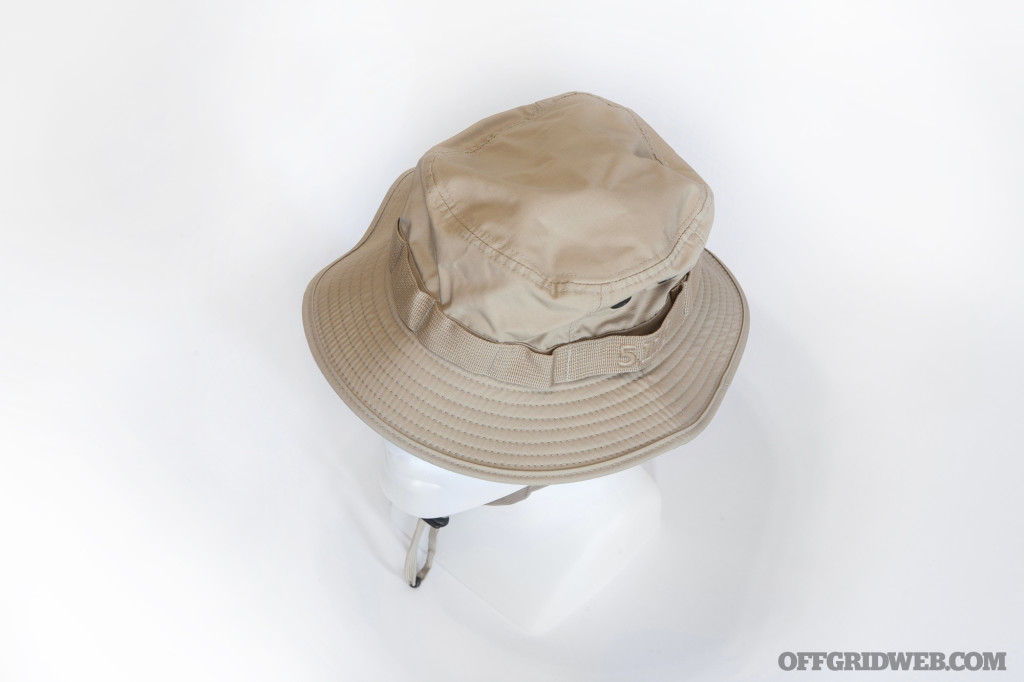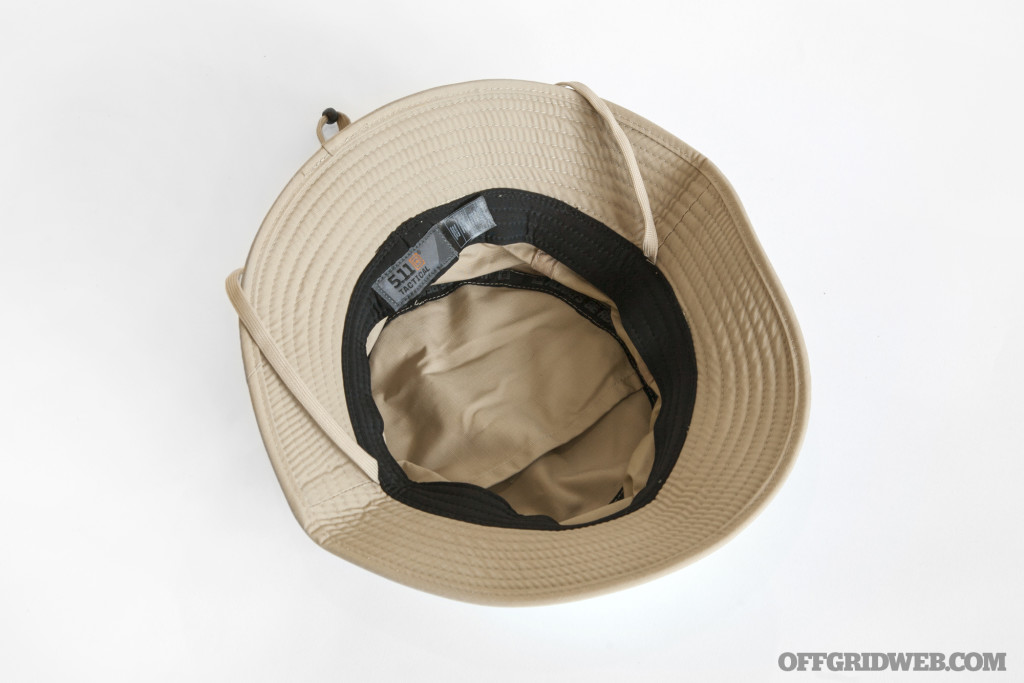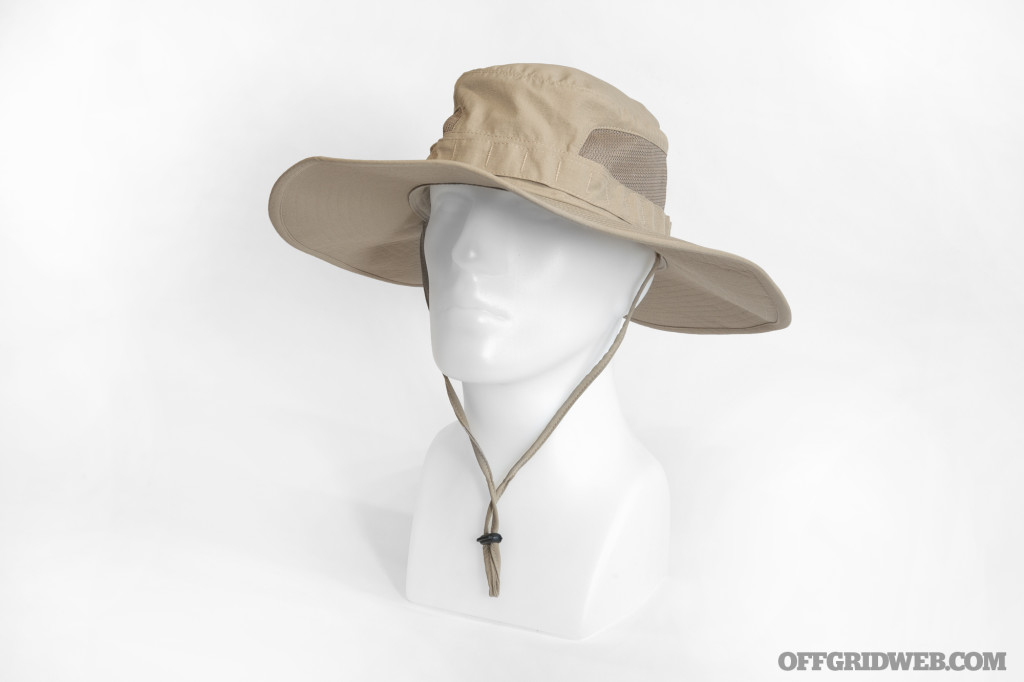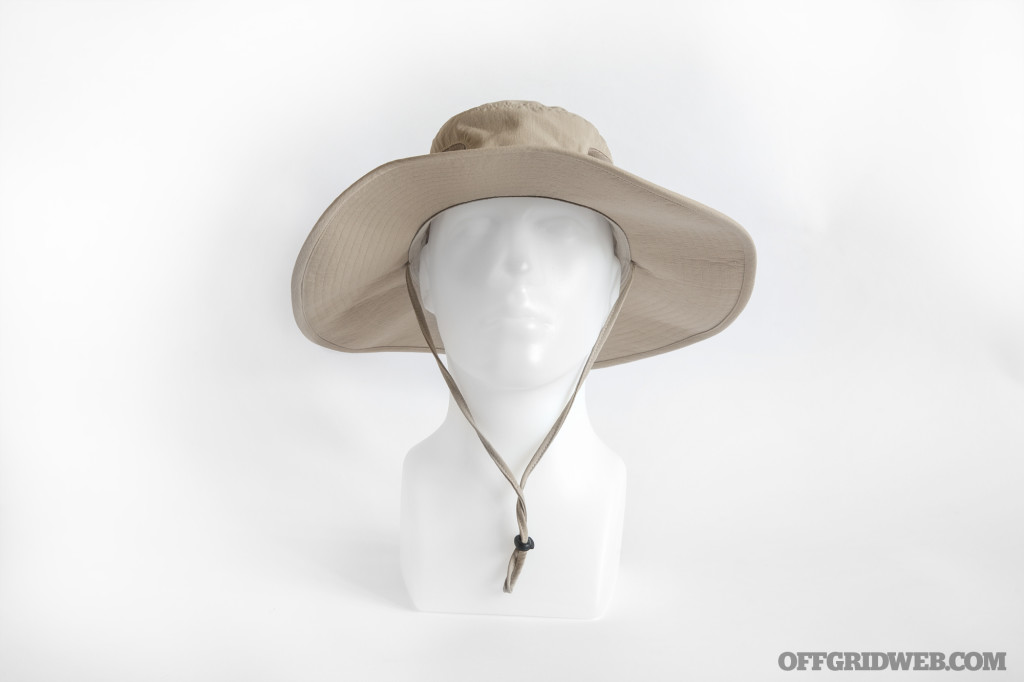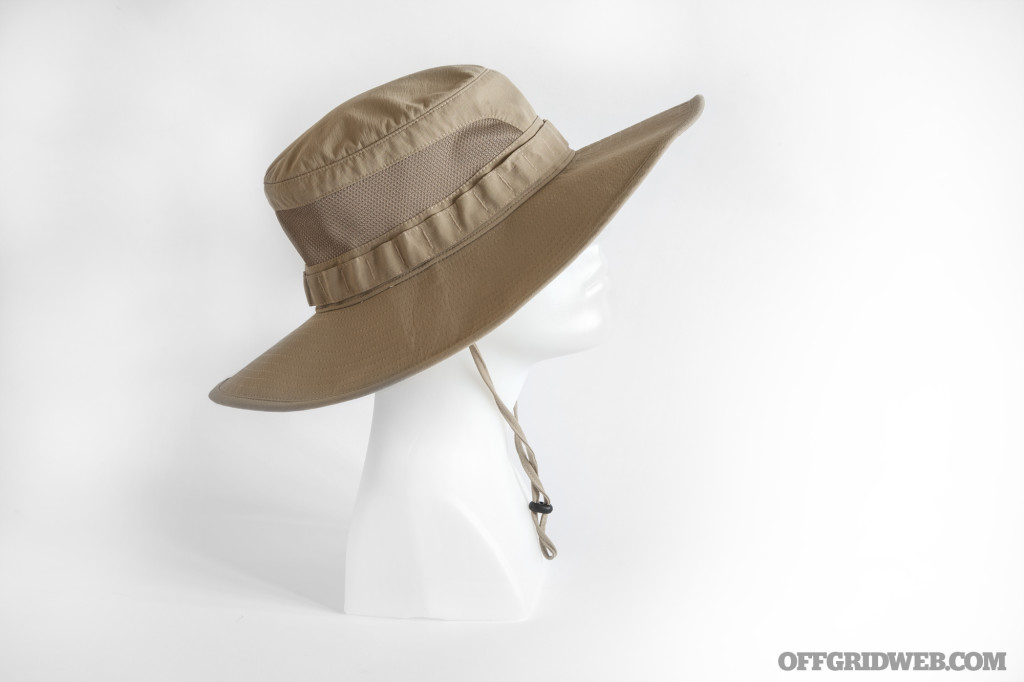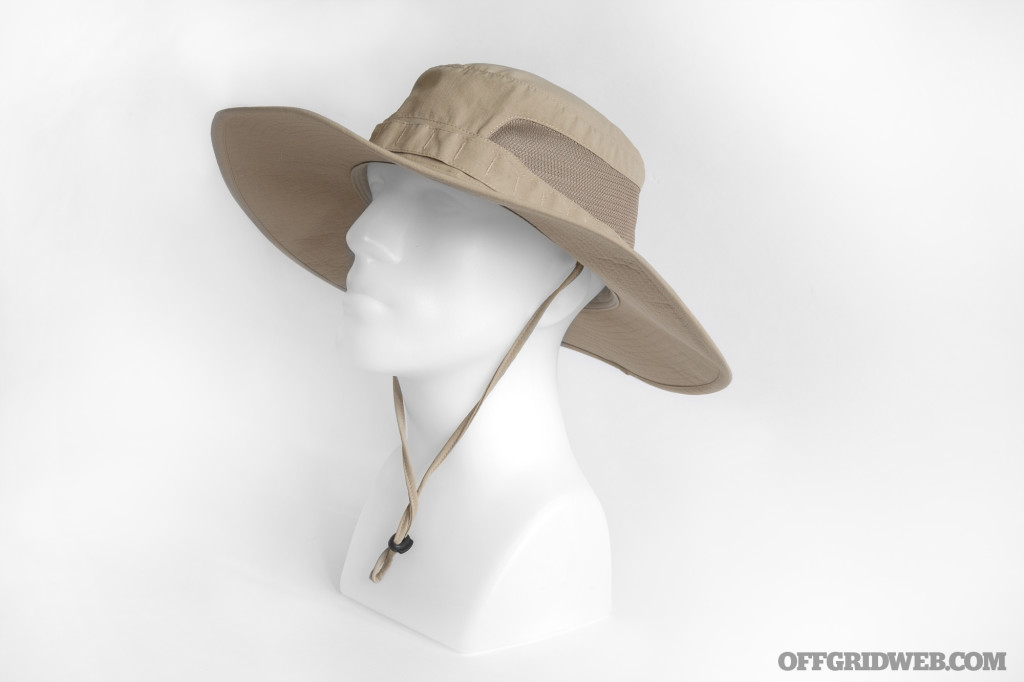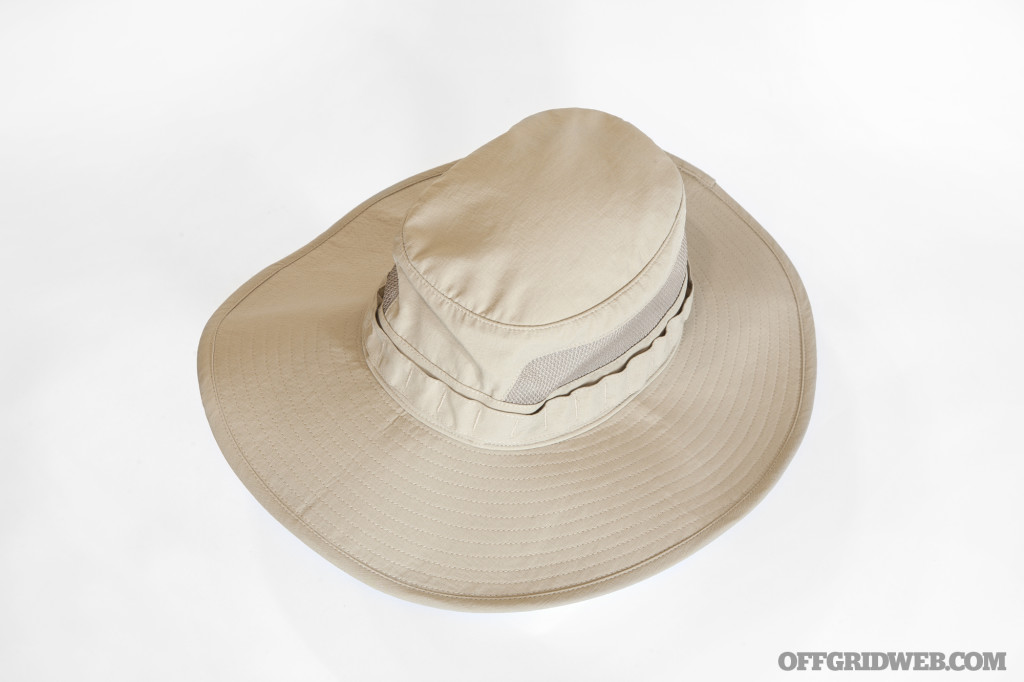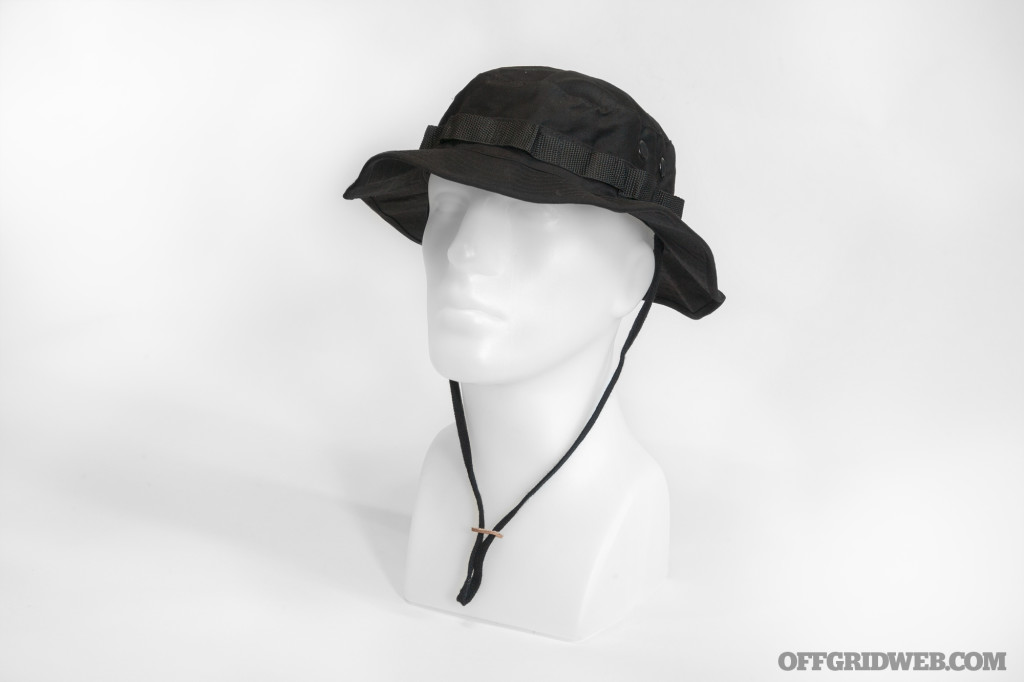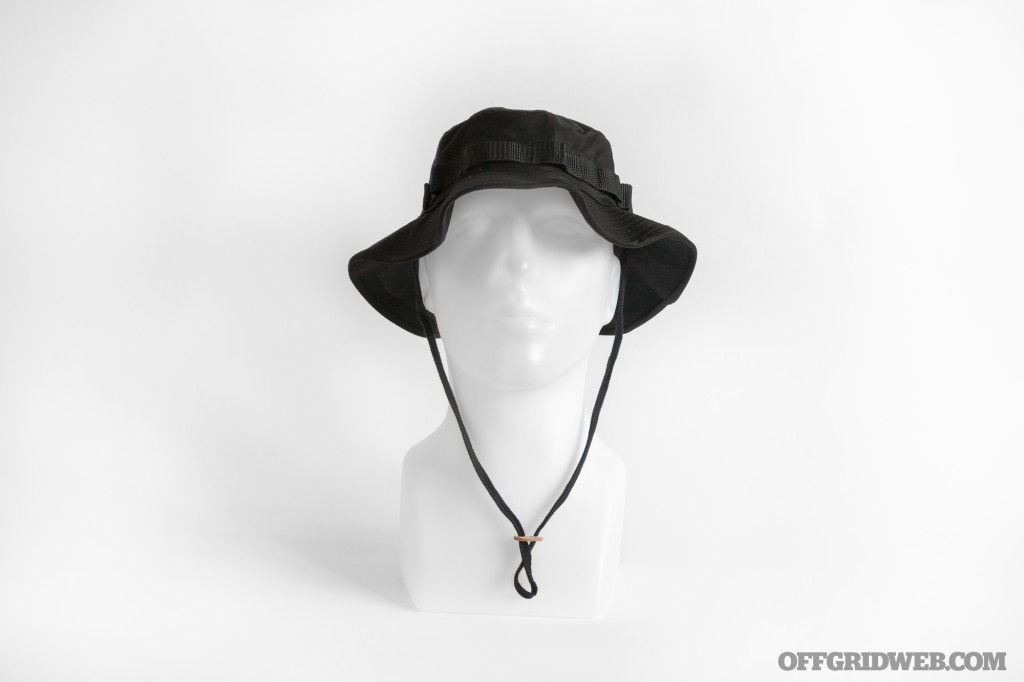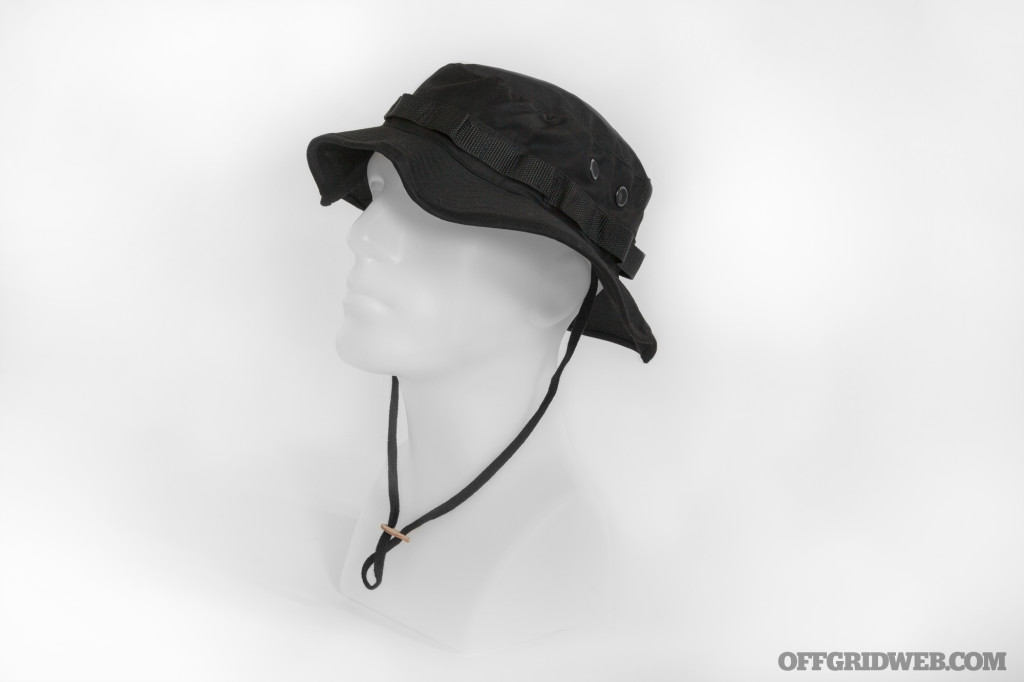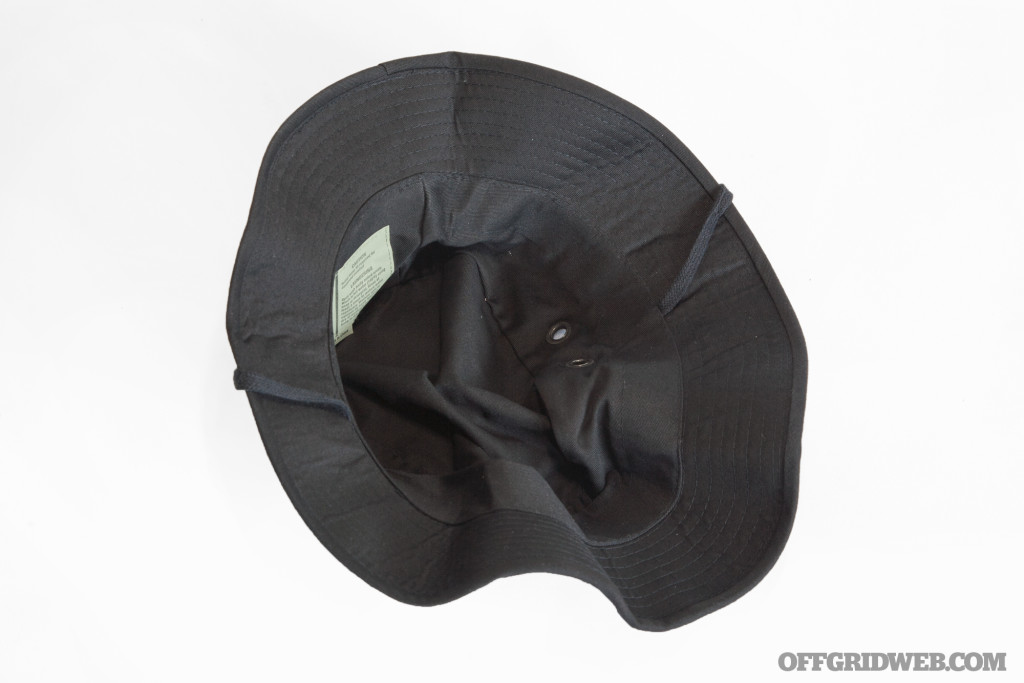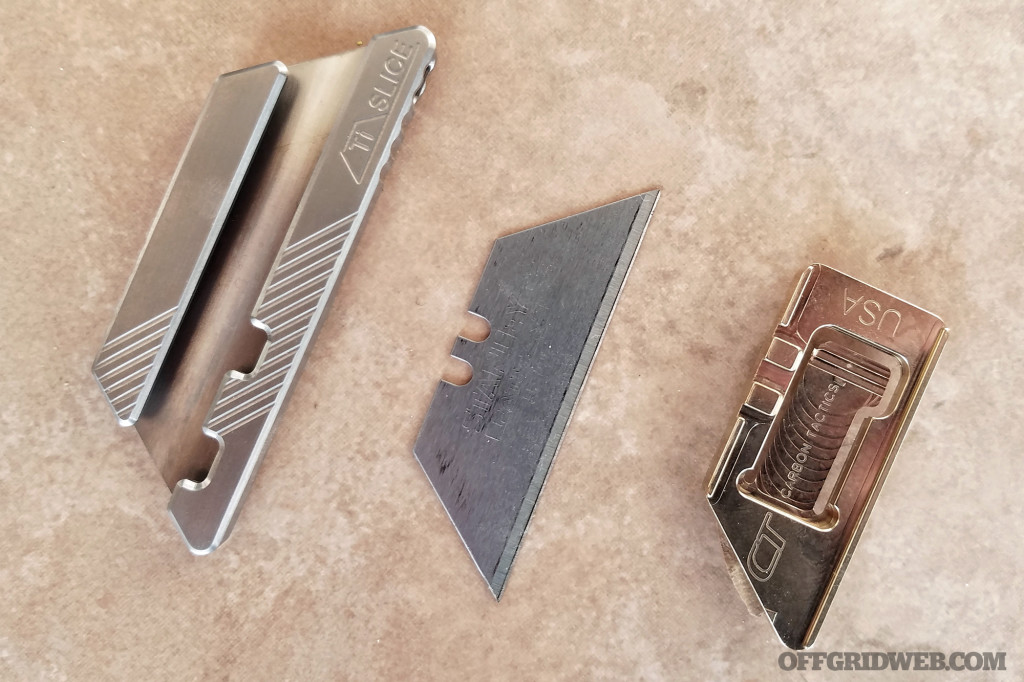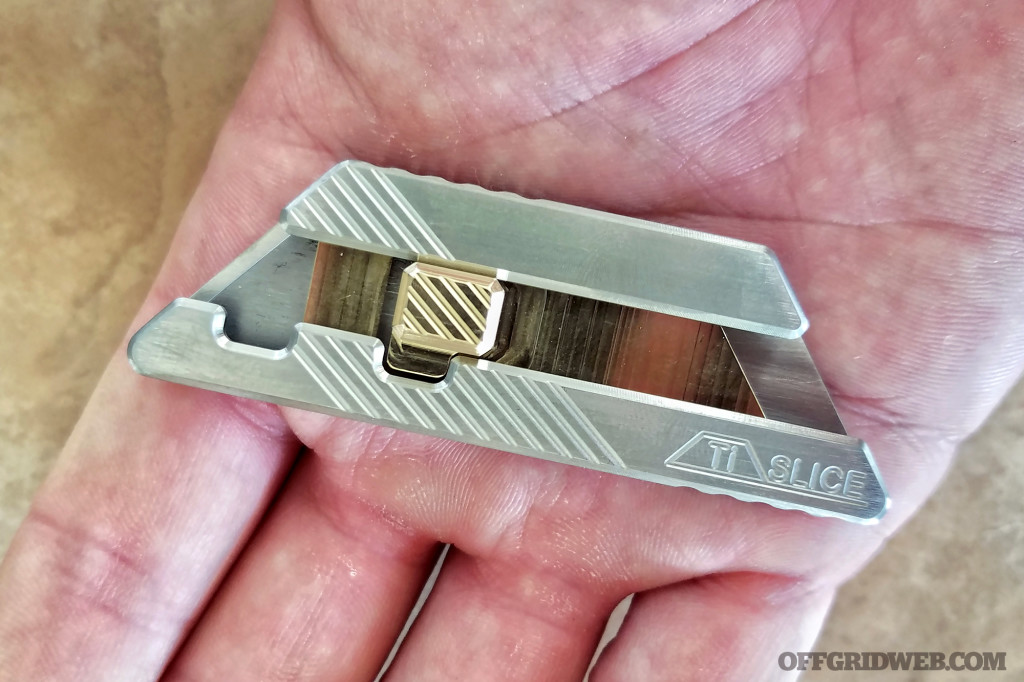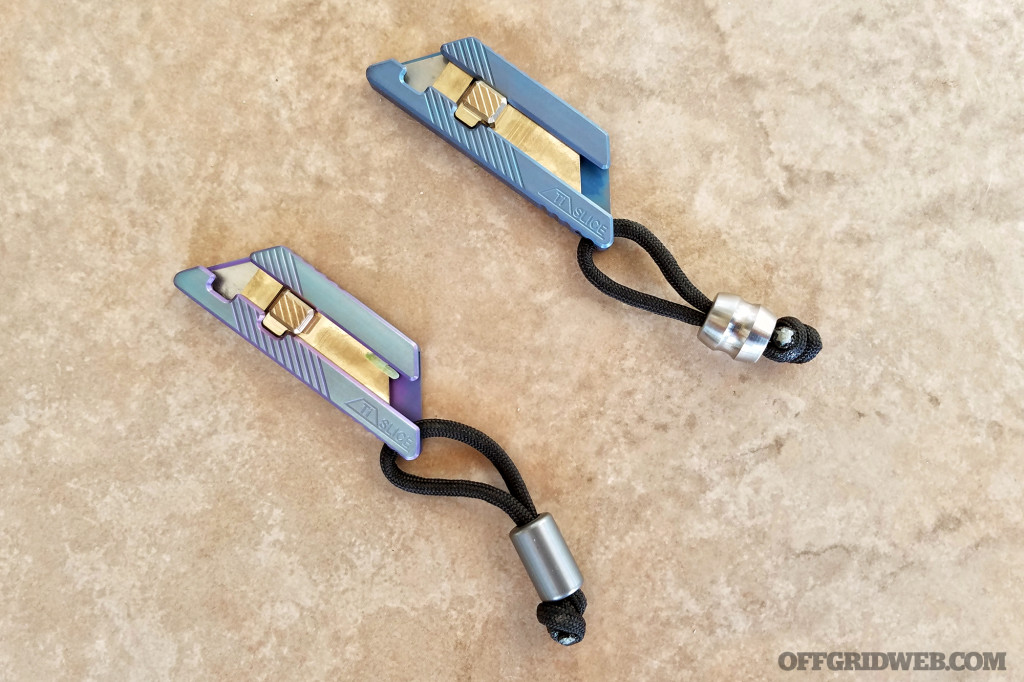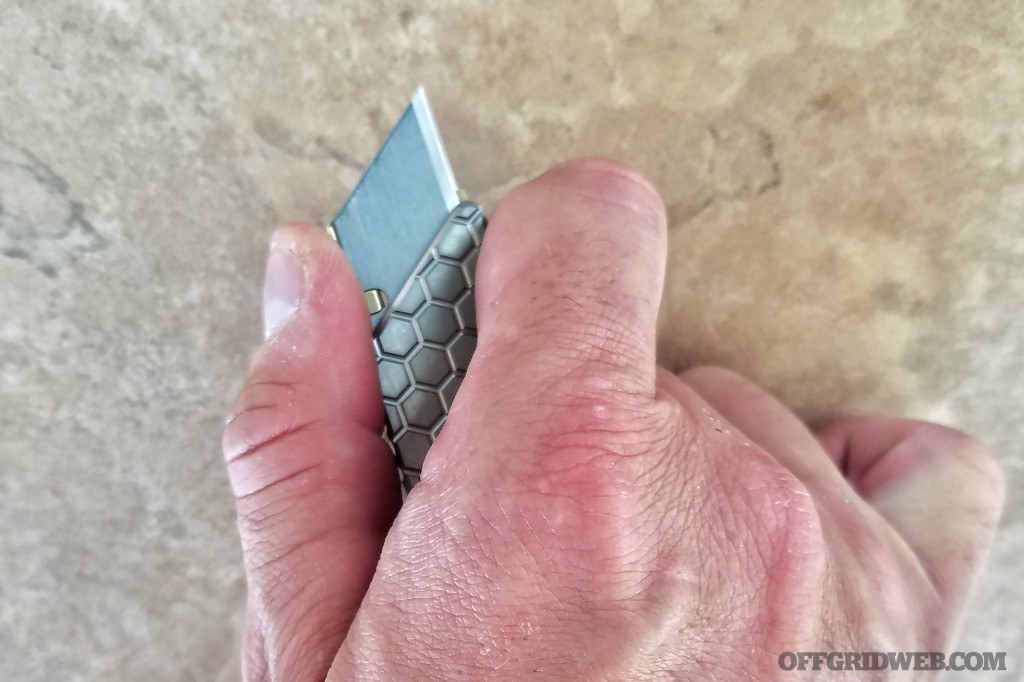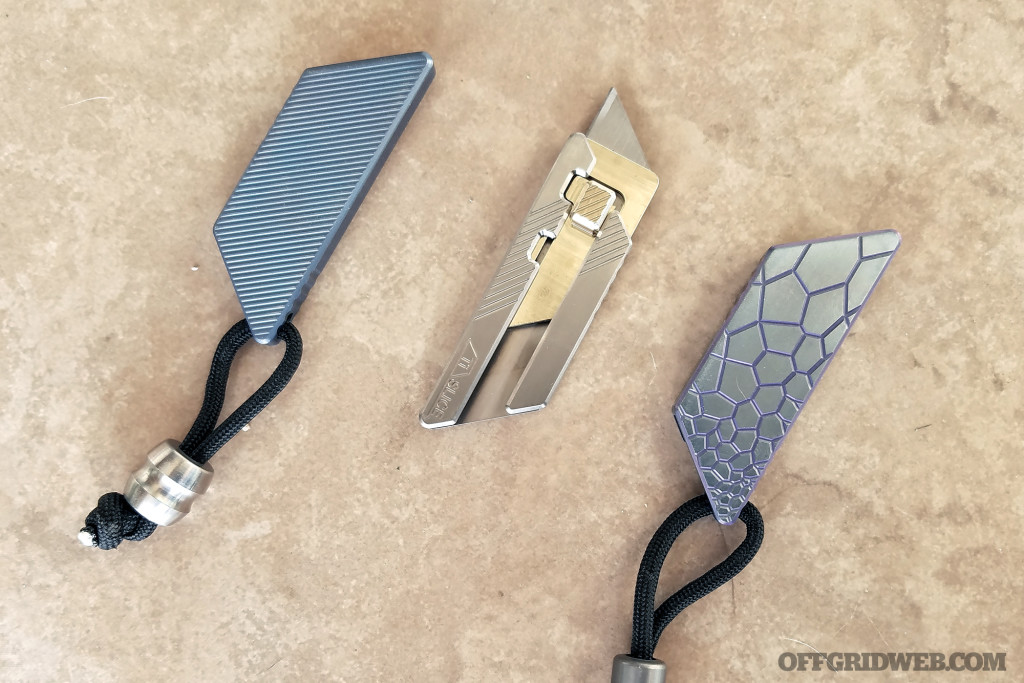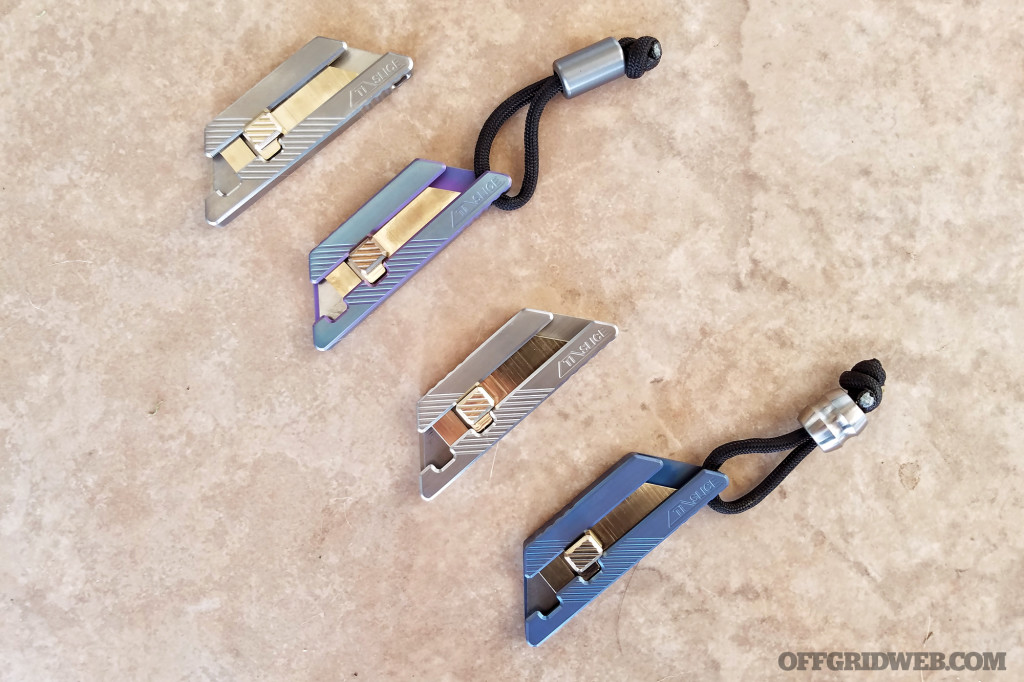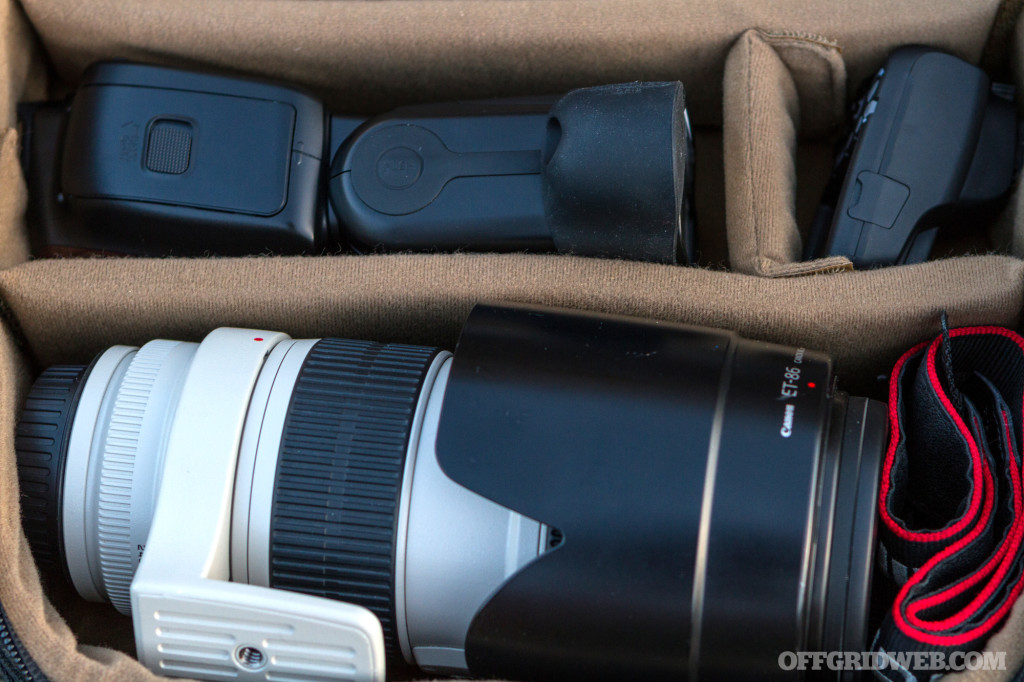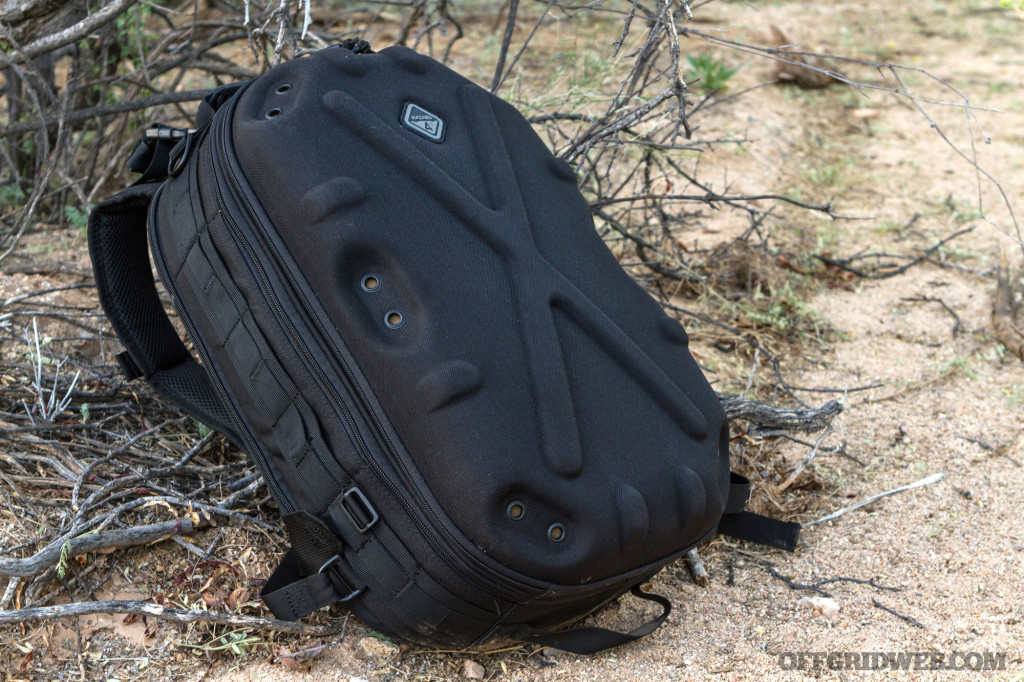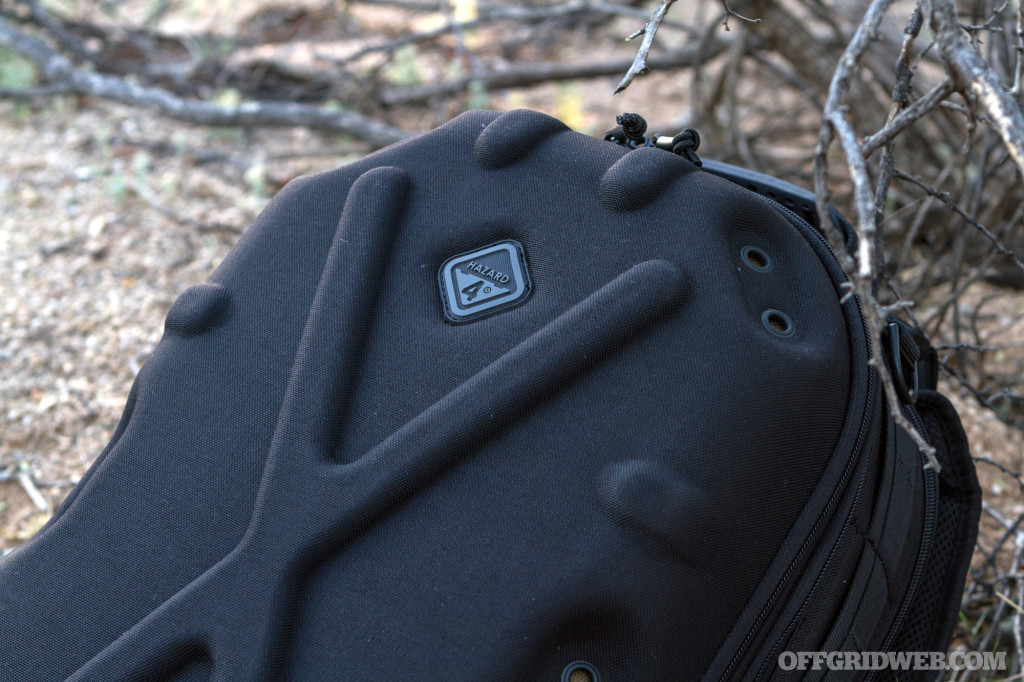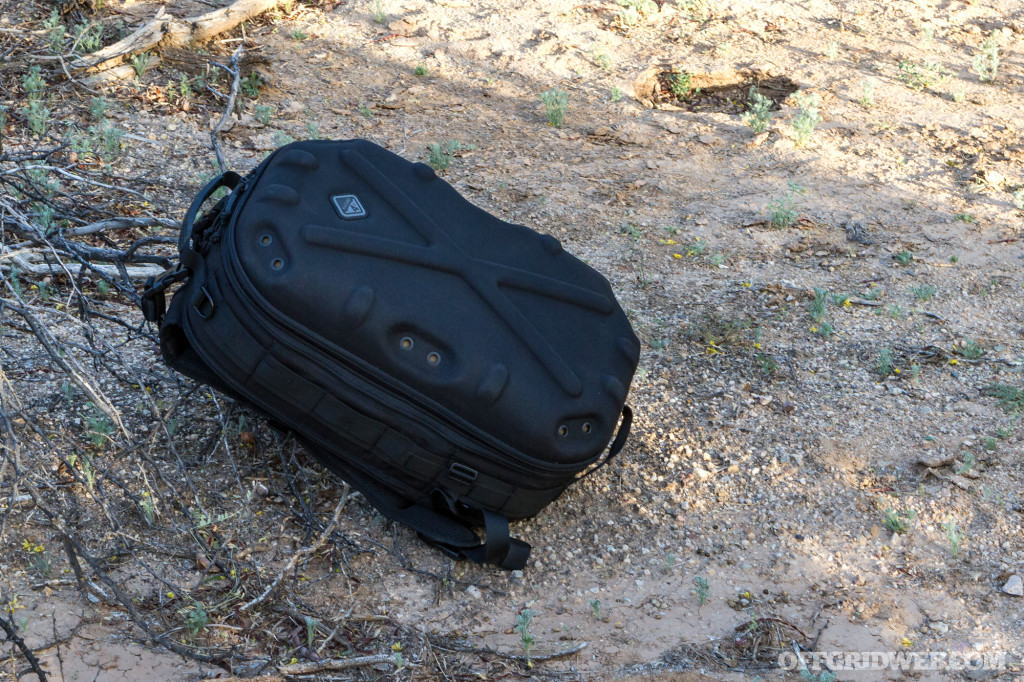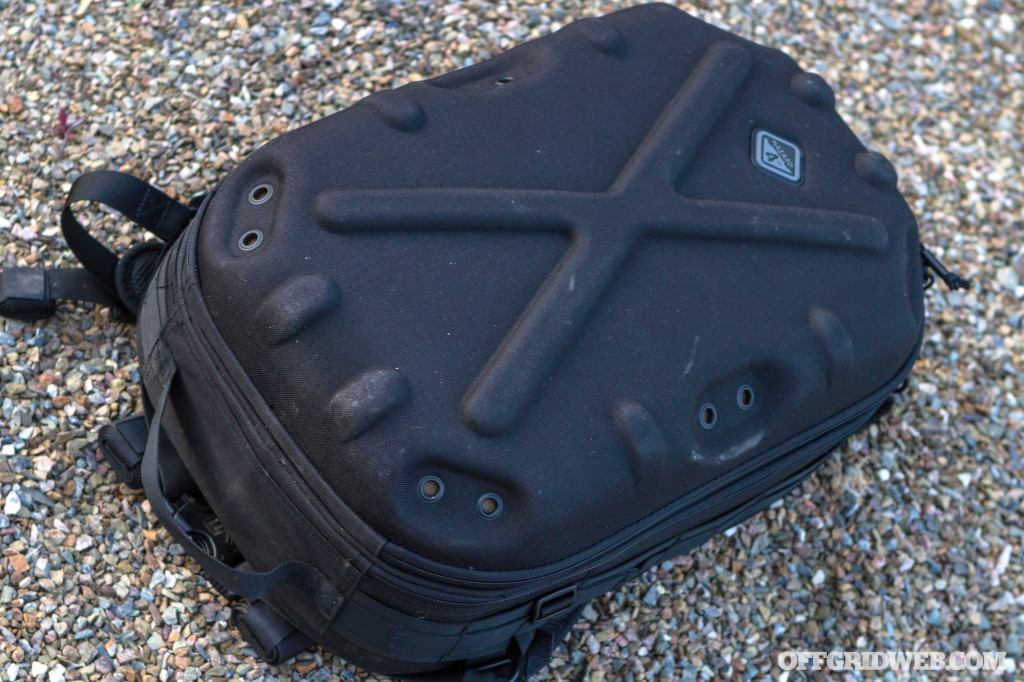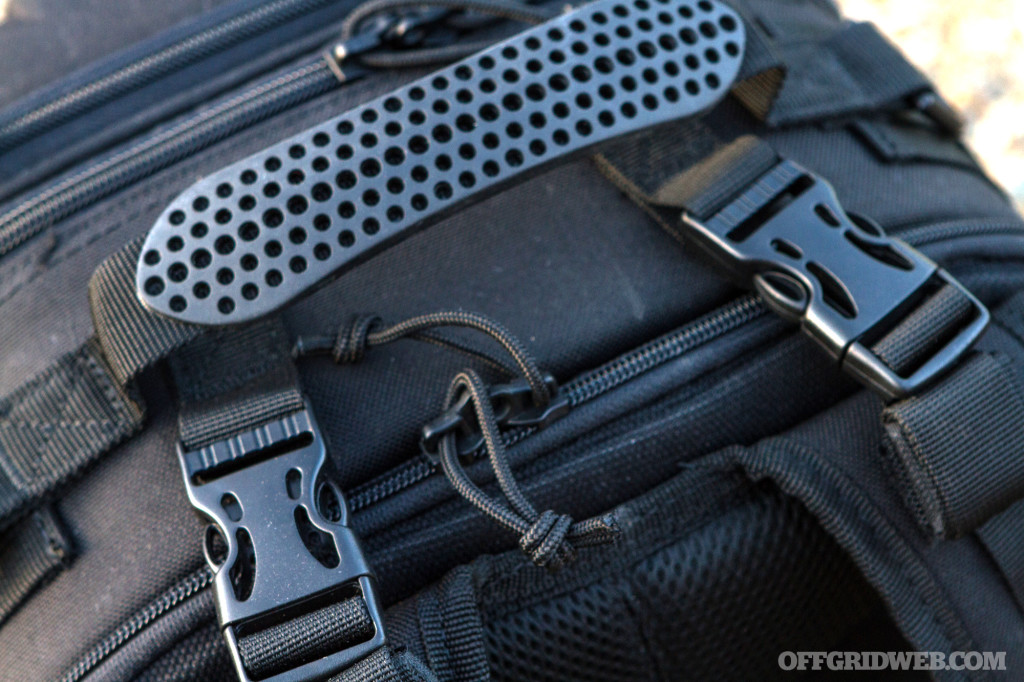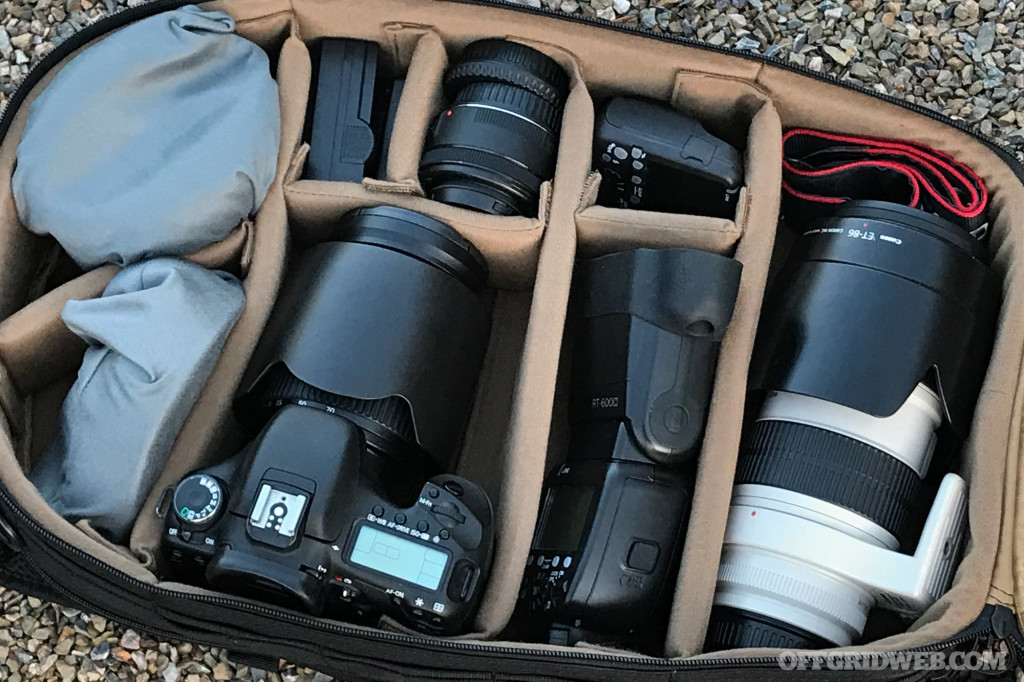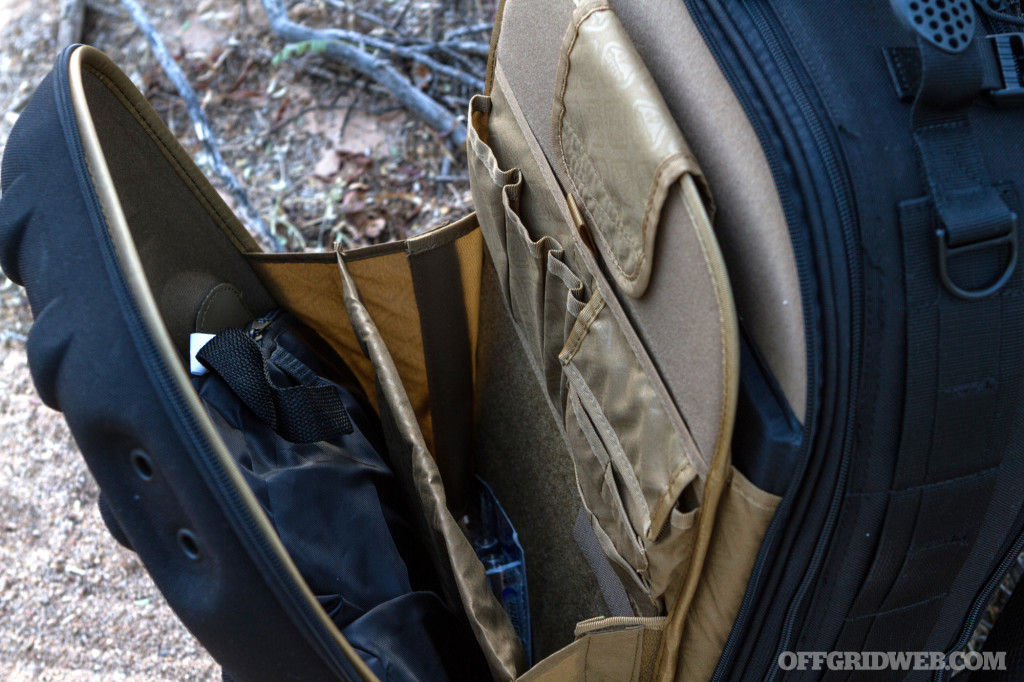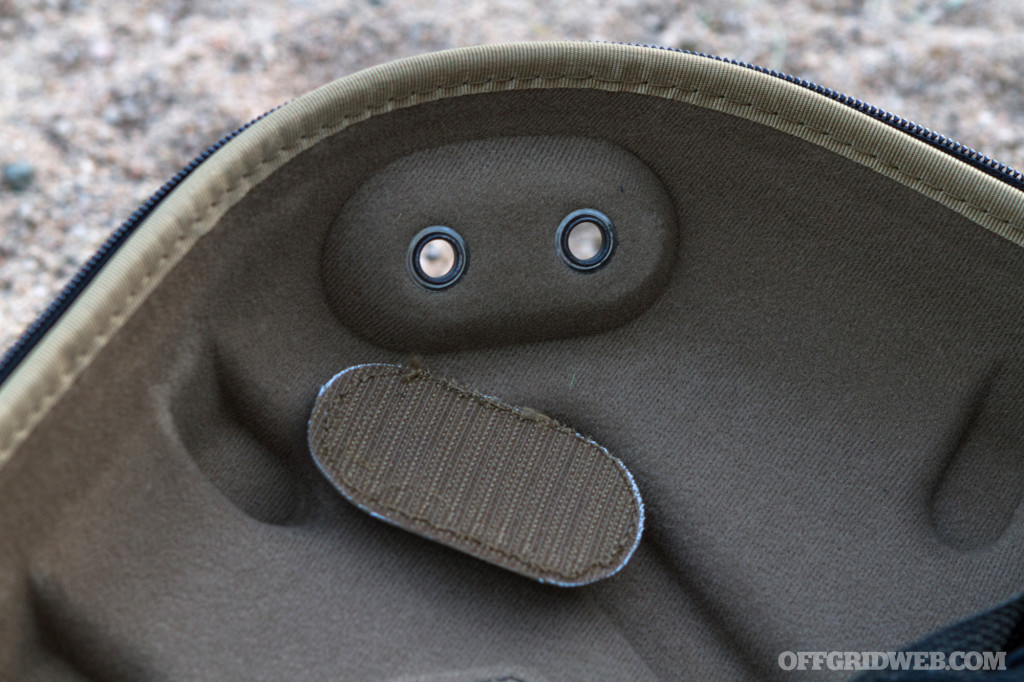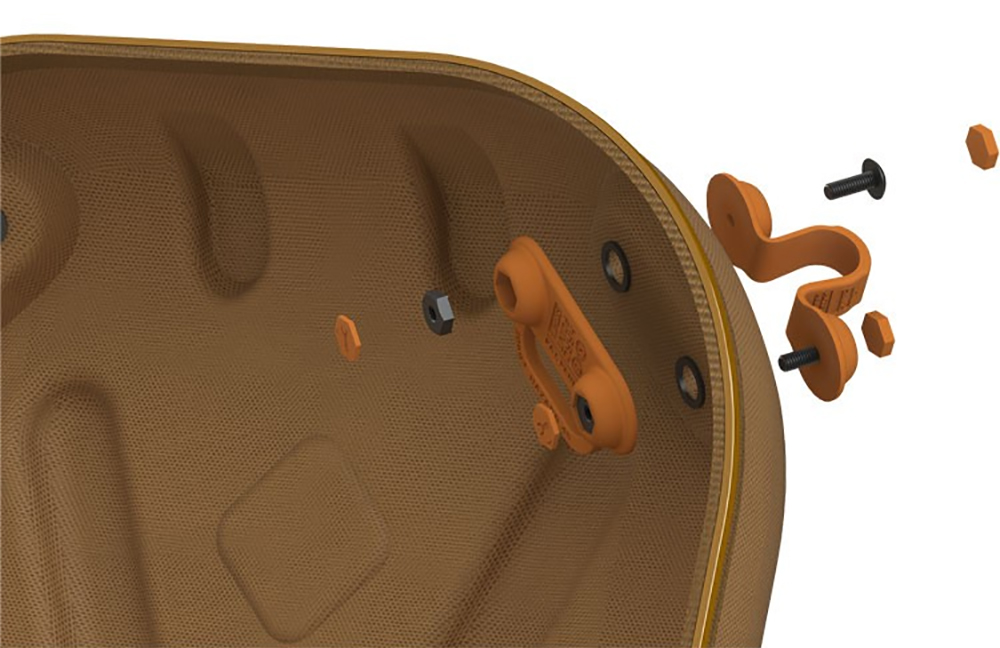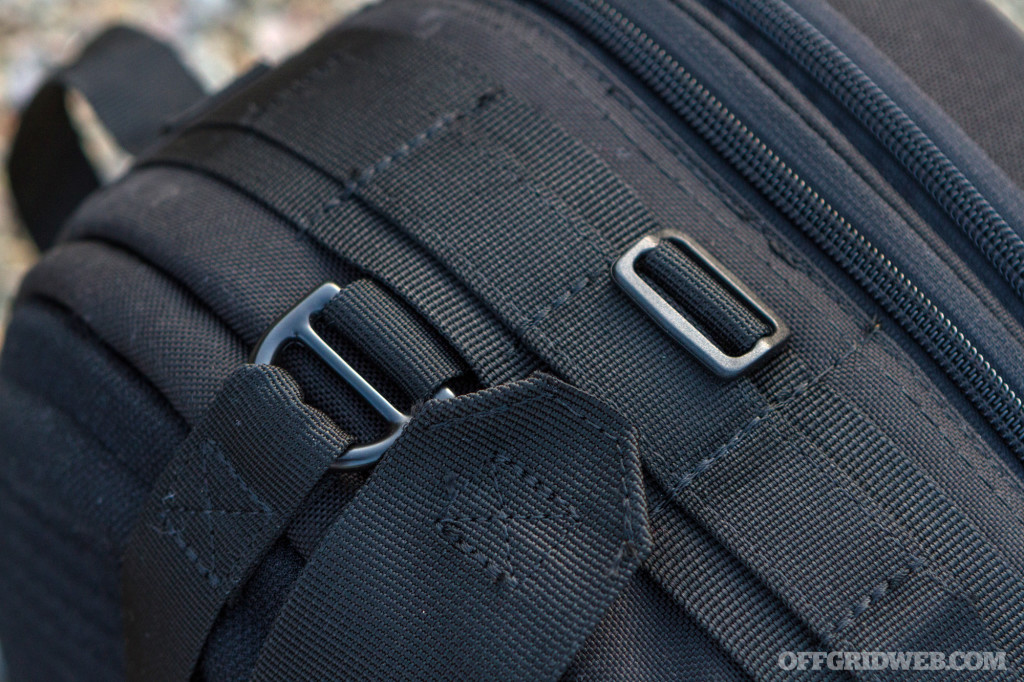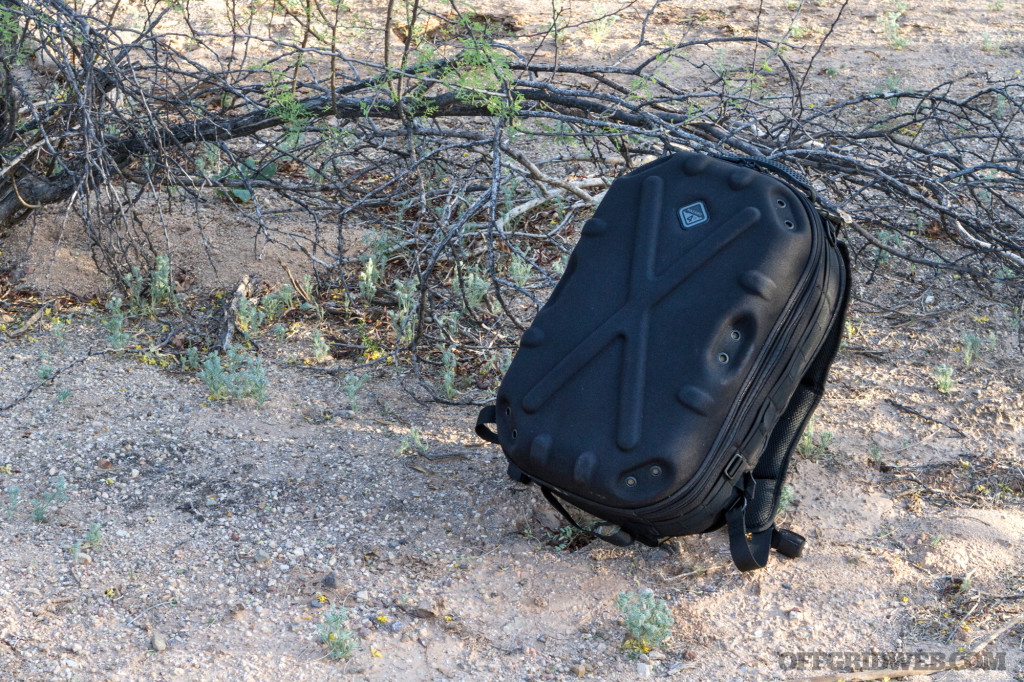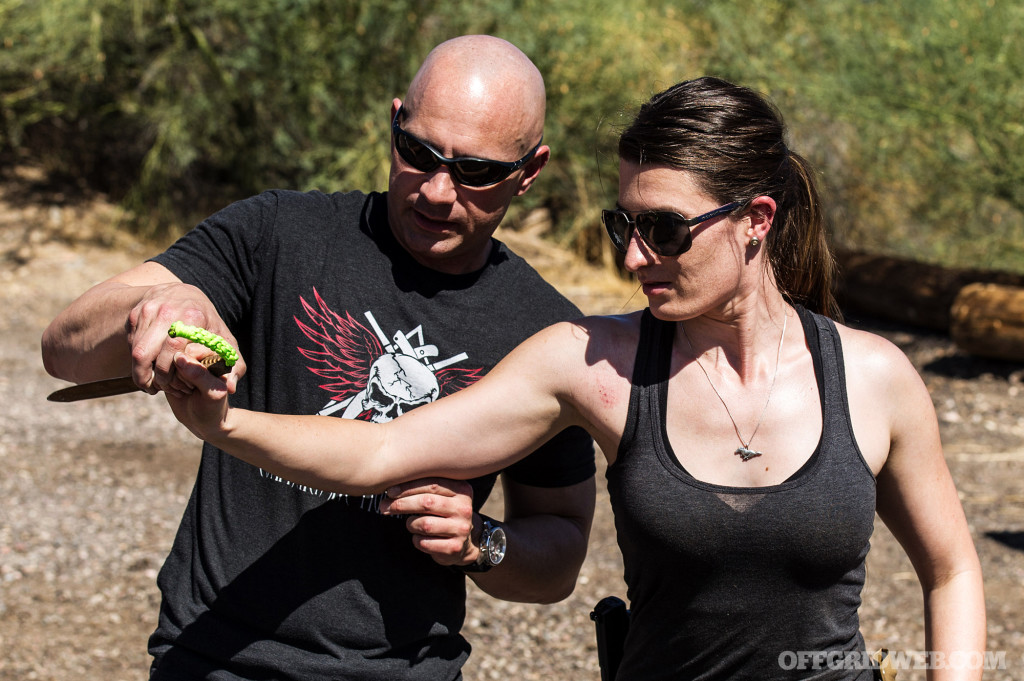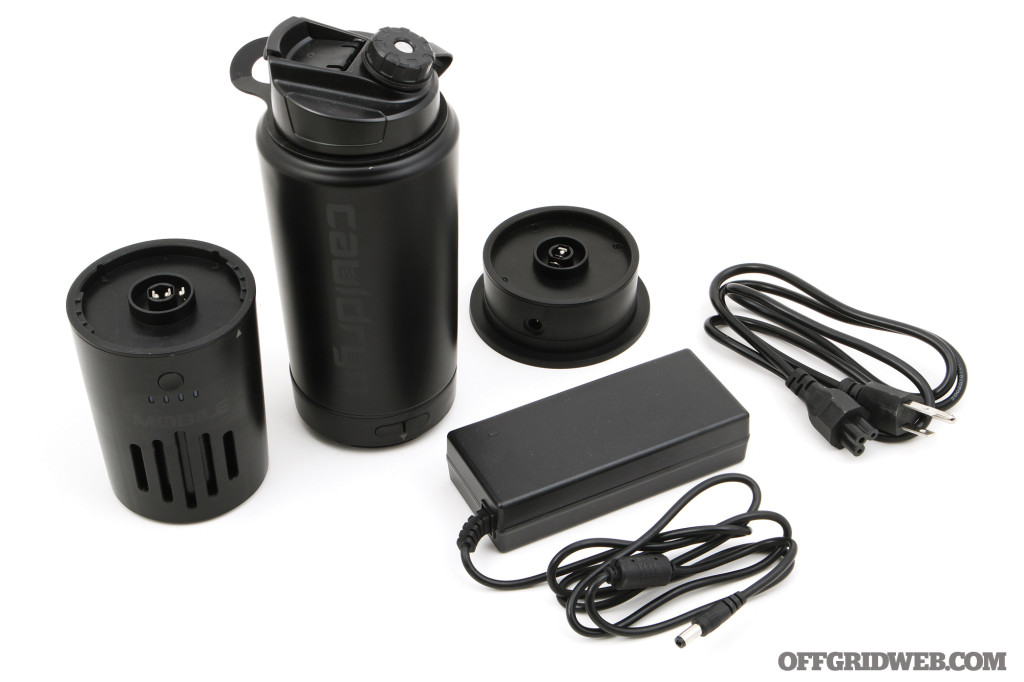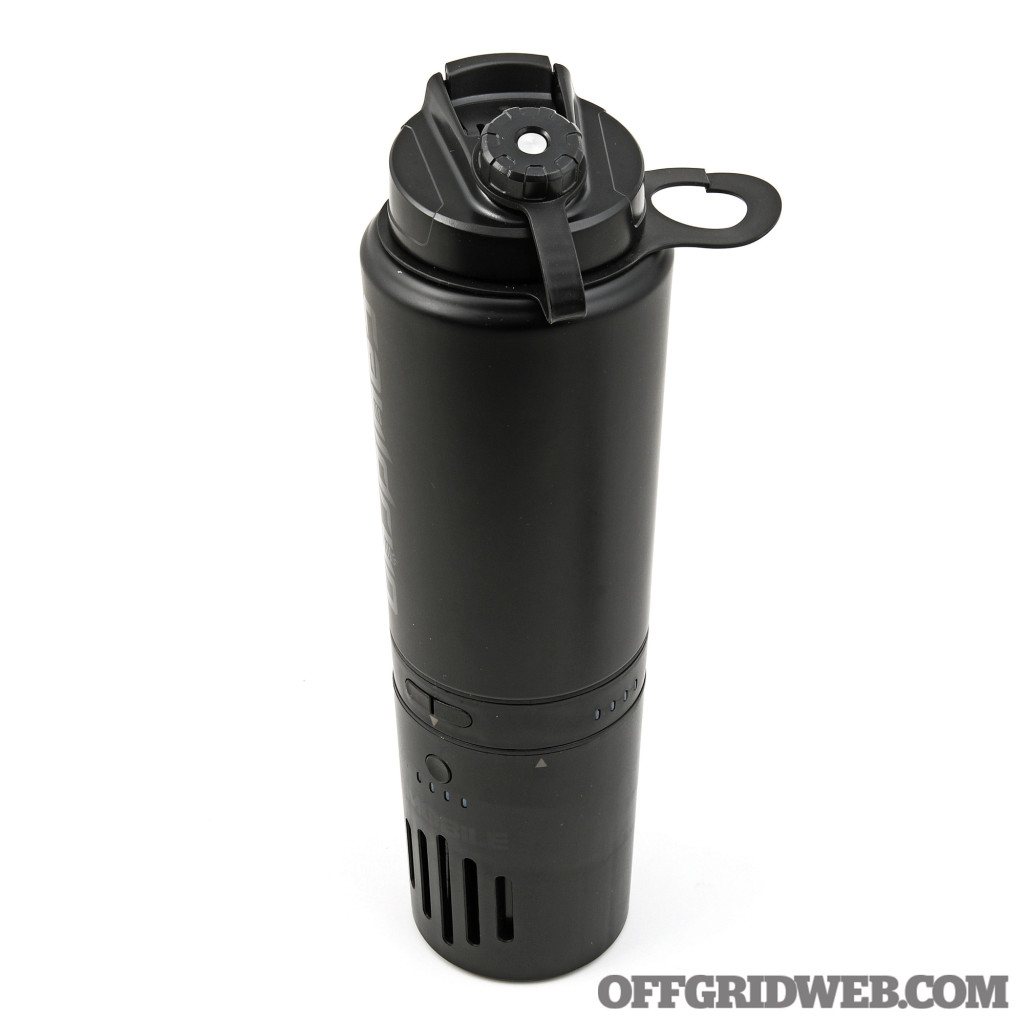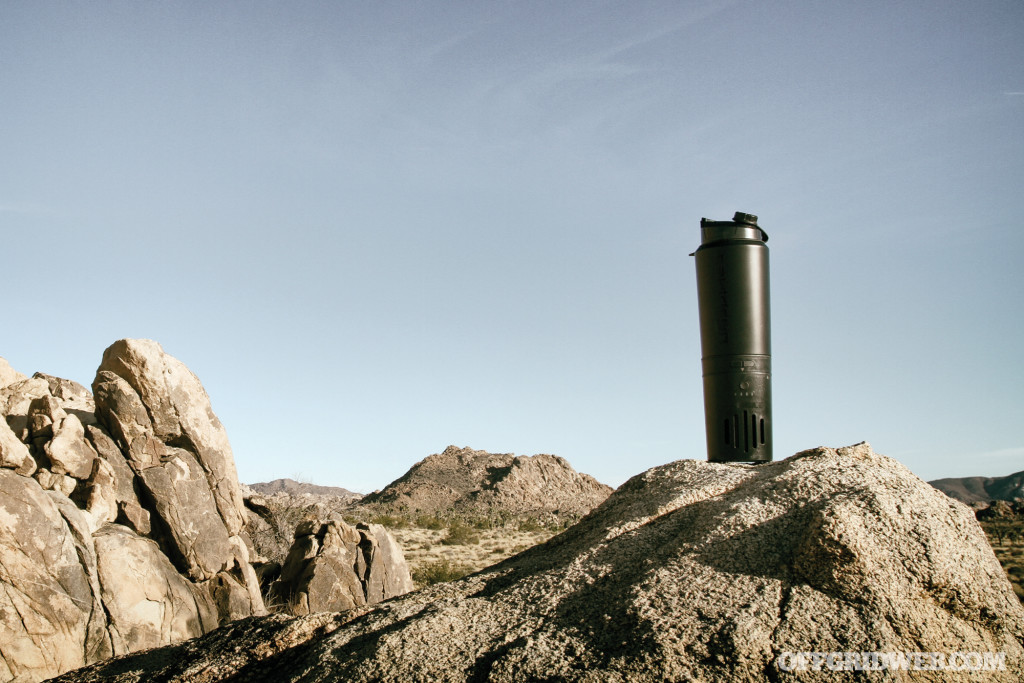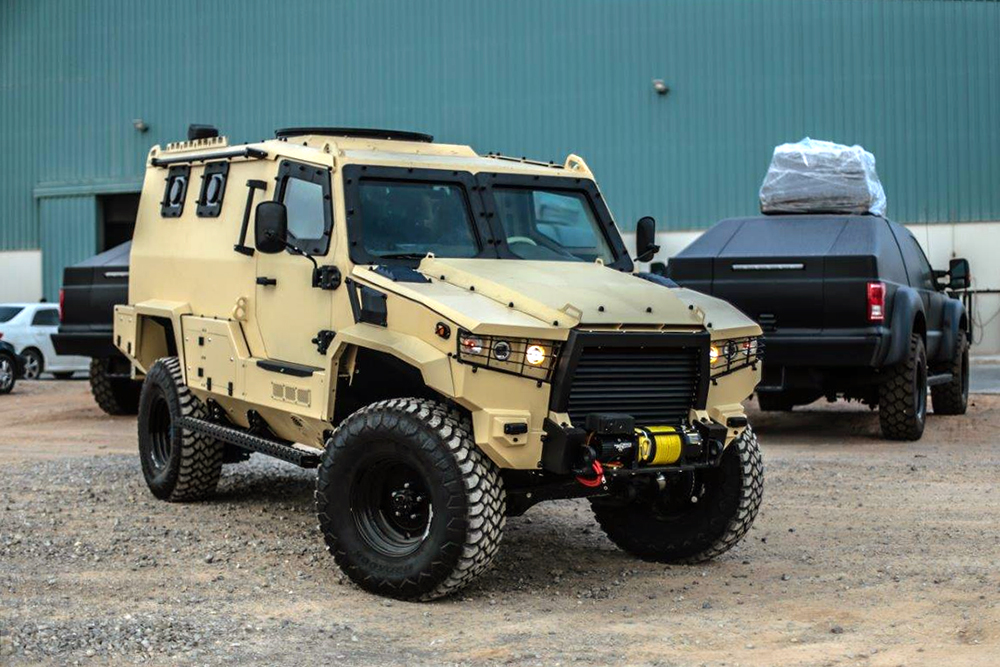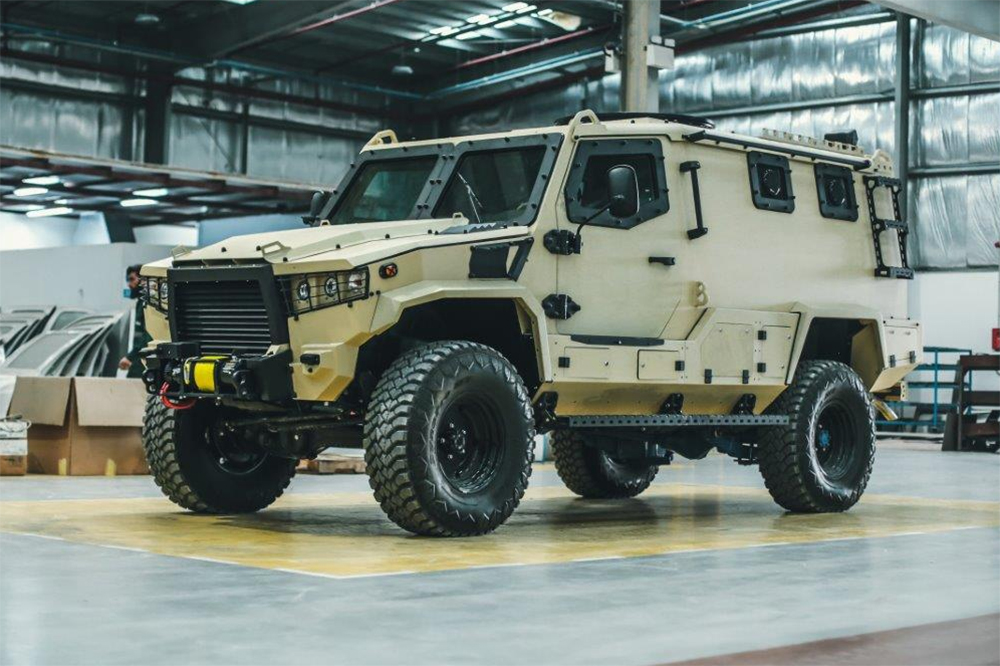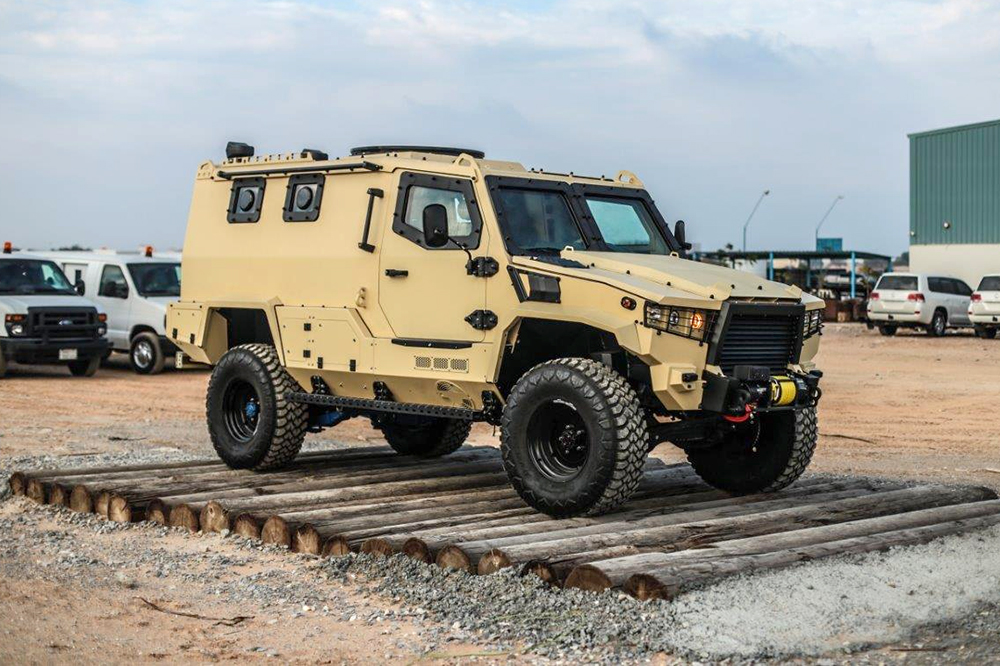Any prepper worth their weight in MREs will have SHTF packs set up in several locations for any number of potential disasters. A bug-out bag at home, a get-home pack at the office, and an emergency kit in the vehicle.
But what if the bags themselves don’t hold up? What if they fall apart under a heavy load or get ruined in a torrential downpour paired with gale-force winds? Now your precious three-day cache is soaked, useless, or strewn across the muddy forest floor.
With spring showers approaching, we’re taking a closer look at durable bags available today that will both increase your daily carry capacity and endure punishing weather.
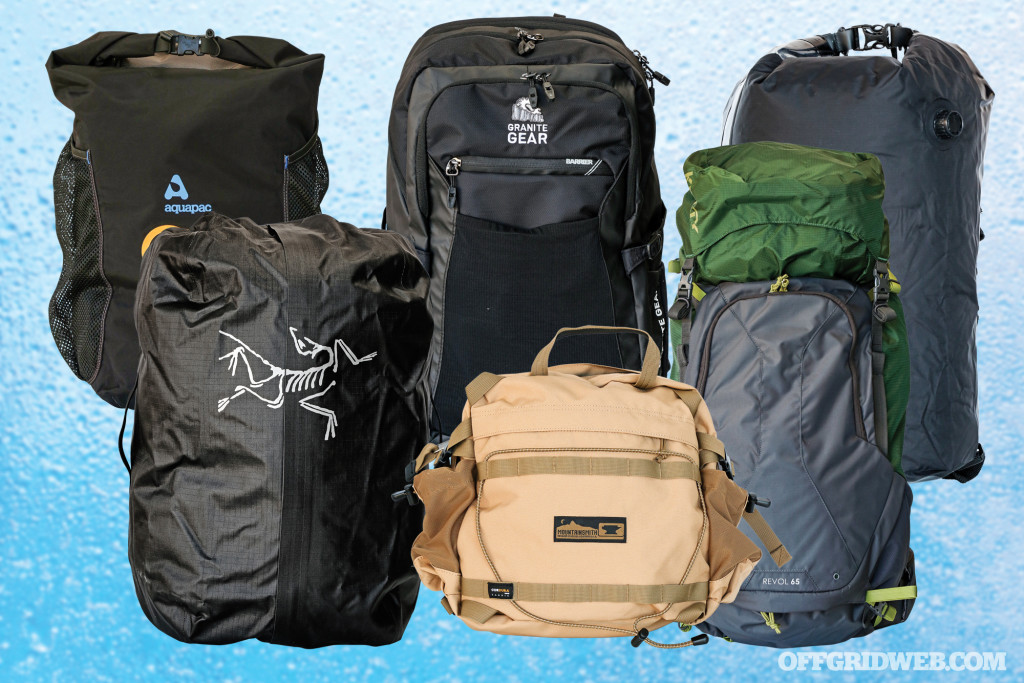
For the sake of argument, we’re calling them “stormproof” backpacks. Note: This is not a buyer’s guide exclusively on waterproof bags, also known as dry bags. Because they tend to have just one large compartment and look like sacks made out of inflatable swimming pools, dry bags aren’t as versatile for preppers and may stick out in urban settings. Though there are two dry bags among the six models we’ve tested here, we also got hands on with a duffel, a lumbar pack, a campus-style knapsack, and a true trail pack.
Each one fits a particular niche, but are adaptable enough for use in other situations — all with an eye toward keeping your vital supplies safe and dry. But how do you go about choosing?
What to Look For
For recommendations that hold water, we went to two subject-matter experts (SMEs) with almost a half century of combined experience making gear for outdoor adventurers: Patrick York Ma, the CEO and chief designer of Prometheus Design Werx and Mel Terkla, an independent designer who’s worked for a variety of companies, including Kifaru. Here are some things they suggest you watch out for in a weatherproof pack.
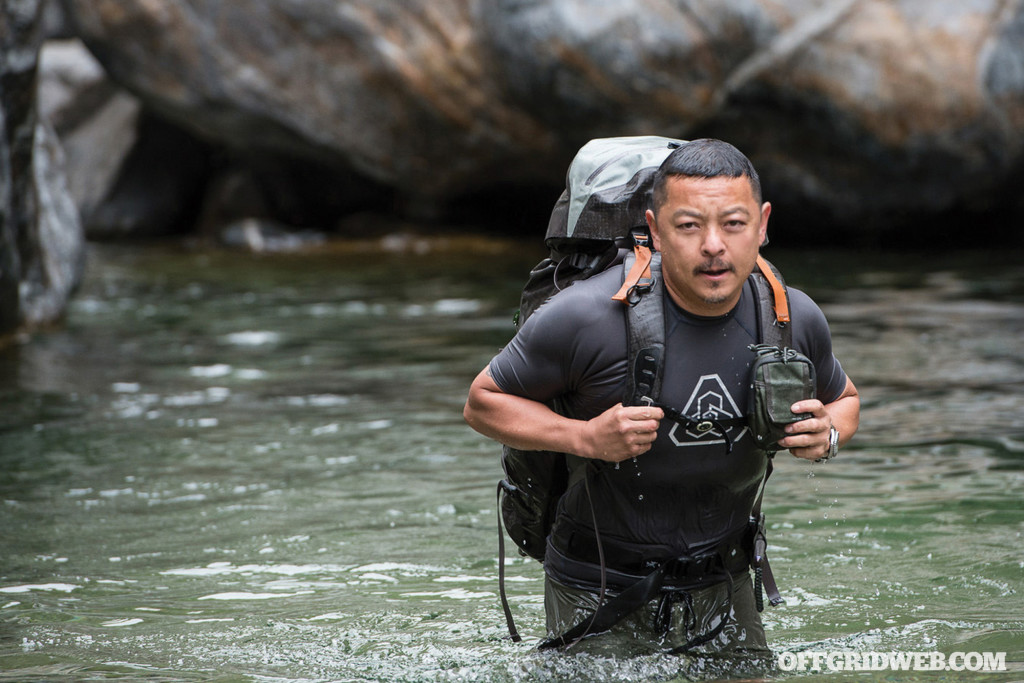
Photo courtesy of Patrick York Ma
Rain Cover: This is essentially a bag for your bag, and can turn any backpack (even your favorite Jansport) into a stormproof sack. “Rain covers are ‘seamless’ covers with ample interior coatings — typically polyurethane (P.U.) — that are sized to wrap and cover your entire pack, except for the suspension,” Ma says.
Durable Fabric: “If I were looking for a stormproof pack, my first priority would be durability,” Terkla says. After all, what good is a stormproof pack if it’s just gonna rip and let moisture in?
Interior Coating: “Cordura can be had with a waterproof coating on the inside layer of the fabric,” Terkla says. “Even without sealed seams or waterproof zippers, this makes the pack extremely water resistant.”
Exterior Coating: Ma recommends getting a pack with a good durable water repellent (DWR) coating on the outside, too. DWR causes H2O to pool into beads on the fabric’s surface, making it easier to shed the droplets.
Seams: Try to look for bags with welded or taped seams. “This type of pack construction will be the best at blocking water penetration,” Ma says, adding that packs with these types of seams usually come with coated interiors.
Zippers: Both SMEs recommend looking for zippers covered with an external flap.
Top-Load Design: Top-load backpacks feature a main compartment that opens at, well, the top — think Santa’s toy sack, but with an large flap that covers the opening. Meanwhile, front-load backpacks feature a main compartment that unzips in the shape of an “n” and unfolds like a briefcase. While the latter design is easier to pack and compartmentalizes your gear, the former is the way to go if you want to keep your survival supplies dry, Ma says: “Top loaders with single or double quick-release buckles generally block rain better than full-zip front-panel loaders.”
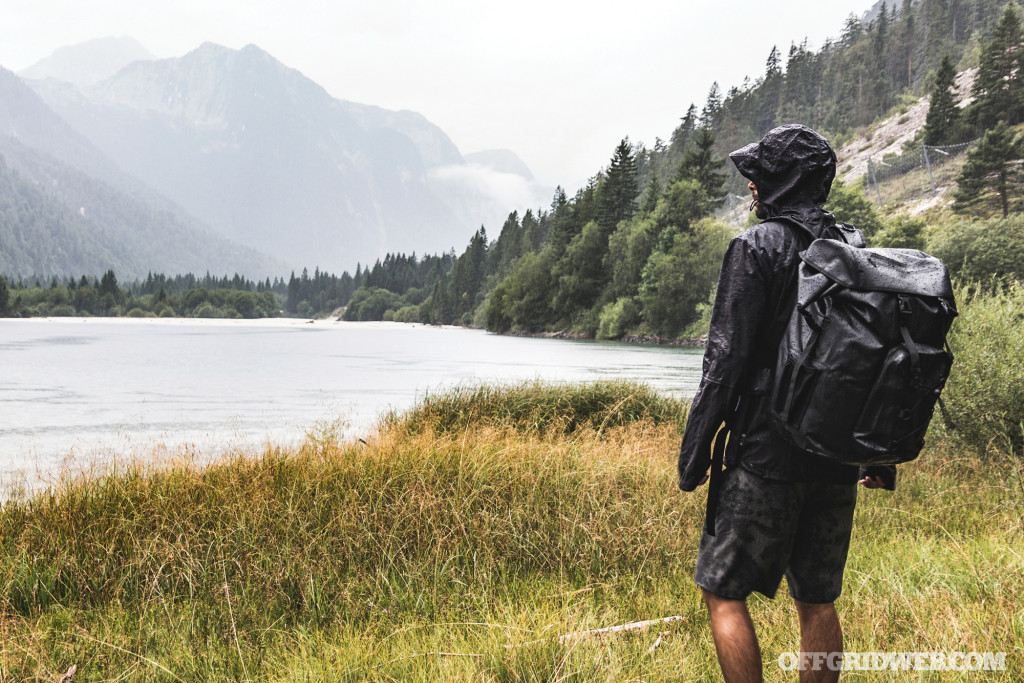
What to Avoid
On the flipside, our SMEs warned us to steer clear of these attributes when shopping for a stormproof sack:
Lightweight Fabrics: Terkla says the priority of any stormproof pack should always be durable materials. Even with DWR, thin fabrics can fray against rocks or snag on tree branches, allowing moisture to seep in. Likewise, Ma says to skip “any hipster cotton canvas,” waxed or not.
P.U.-Coated Reverse-Coil Zippers: Not all zippers are created equal. Both SMEs agree that the recent trend of “waterproof” P.U.-coated reverse-coil zippers should be avoided, ironically enough. A regular zipper has its teeth, slider, and puller visible on the exterior. These new reverse-coil zippers have its teeth on the interior (hence the name) so that the backside of the teeth (on the exterior) can be laminated with water-resistant P.U. The problem is that P.U. gradually wears out, and even more so with hard use. “These just become more points of entry for rain as they wear out over time,” Ma says. “A DWR-treated reverse-coil zipper is actually better at repelling rain … but it’s not common, though.”
PALS Webbing: A MOLLE-style pack with PALS webbing stitched on it is full of needle holes, Ma says, all of which are tiny doorways for moisture to get in.
Also, survival expert and longtime RECOIL OFFGRID contributor Tim MacWelch advocates avoiding go-bags covered with PALS webbing in general, as they will attract a lot more unwanted attention from the desperate and the unprepared once SHTF.
Holes: It’s common sense not to select any stormproof bags with drain holes or unprotected openings for wired earphones or hydration bladders. “Any drain holes on the bottom of a pack will let water in if you set it down on saturated ground or a puddle,” Ma says.
Weathering the Test
With these tips in mind, we put the backpacks in this buyer’s guide to the test. But since we’re not Halle Berry in an X-Men movie, we couldn’t conjure up a storm with our mutant powers.
To simulate a downpour and assess each bag’s ability to shut out H2O, we stuffed each pack full of newsprint paper as a substitute for our survival gear. Why? Newsprint turns to mush when wet, so we’d know right away if water got inside a pack. Next, we stuck each bag under a running showerhead for 10 minutes. Then we wiped down the exteriors before unzipping each model, noting whether (and where) any of the paper got soaked.
However, repelling water isn’t the only measure of a great bug-out bag (BOB). We also looked at each pack’s cargo capacity, internal storage organization, and comfort level during use.
Whether you expect hail and showers in the coming weeks, you live in a region prone to tornadoes in the spring season, or you’re gonna hit the lake or river once the snow melts, there’s no doubt a backpack option that can help you weather the storm. Read on to see if one of the following six bags is right for you.
Arc’teryx Carrier Duffle 55
Canadian company Arc’teryx has an international reputation for making top-notch climbing, skiing, and hiking gear. So, it shouldn’t surprise anyone that its Carrier Duffle 55 is one tough, technical SOB. The P.U.-coated nylon fabric combined with sealed seams and Arc’teryx’s trademarked WaterTight Zipper shrug off rain, snow, and hail like nobody’s business. In fact, in our testing, not a single drop of water got to the interior.
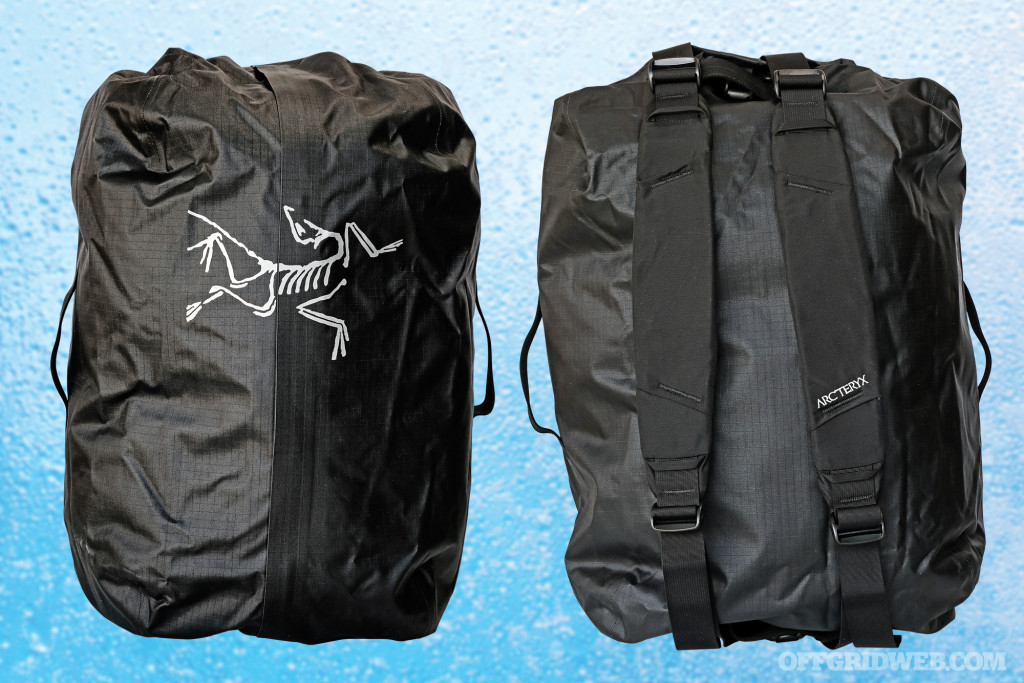
But how does it perform as a go-bag? This duffel is definitely durable. Designed for a variety of uses (commuting, traveling, winter sports, etc.), the Carrier Duffle 55 can withstand rigorous daily use in assorted environments. From the materials and hardware to the straps and stitching, everything spells sturdy. The quick-release shoulder straps are both removable and adjustable, so you can carry the bag as if it’s a backpack, sling pack, or briefcase (thanks in part to four grab handles, which also work as lash points). The interior is white, allowing greater visibility inside.
On the flipside, most duffels have only one compartment, and this Arc’teryx model is no exception. So, if you’re bugging out, the contents might slosh around inside. Oh, and minor complaint: When packed full, it looks like a big shiny black pillow on our backs. Not exactly indiscreet nor aesthetically pleasing.
Overall, a hard-core pack that’s highly weather resistant and versatile enough for various duties … but its lack of interior divisions might give preppers pause.
Body Fabric
Polyurethane-coated NC400r-AC2 nylon
Capacity
55 liters (3,356 cubic inches)
Dimensions
31 by 17 by 18 inches
Weight
1.3 pounds
Colors
Black (shown), Cardinal, Pilot
MSRP
$199
URL
www.arcteryx.com
Pros:
- Impressive weatherproofing construction
- Storm flap helps keep rain and wind out
- Can be carried like a backpack, sling pack, or briefcase
- When not in use, it can be stowed compactly in the included mesh bag. When in use, the mesh bag can double as a travel organizer and be thrown inside the duffel.
Cons:
- Just one large compartment; no dividers or pockets to keep your gear organized.
- It’s not the coolest looking nor the most discreet duffel on the market.
Aquapac Wet & Dry Backpack 35L
Aquapac set sail in 1983 when three British friends had the idea of making a case for a Sony Walkman (which was like, you know, an old-school MP3 player) so they could listen to music while windsurfing. Now the company produces waterproof protection for everything from tablets and cameras to maps and insulin pumps.
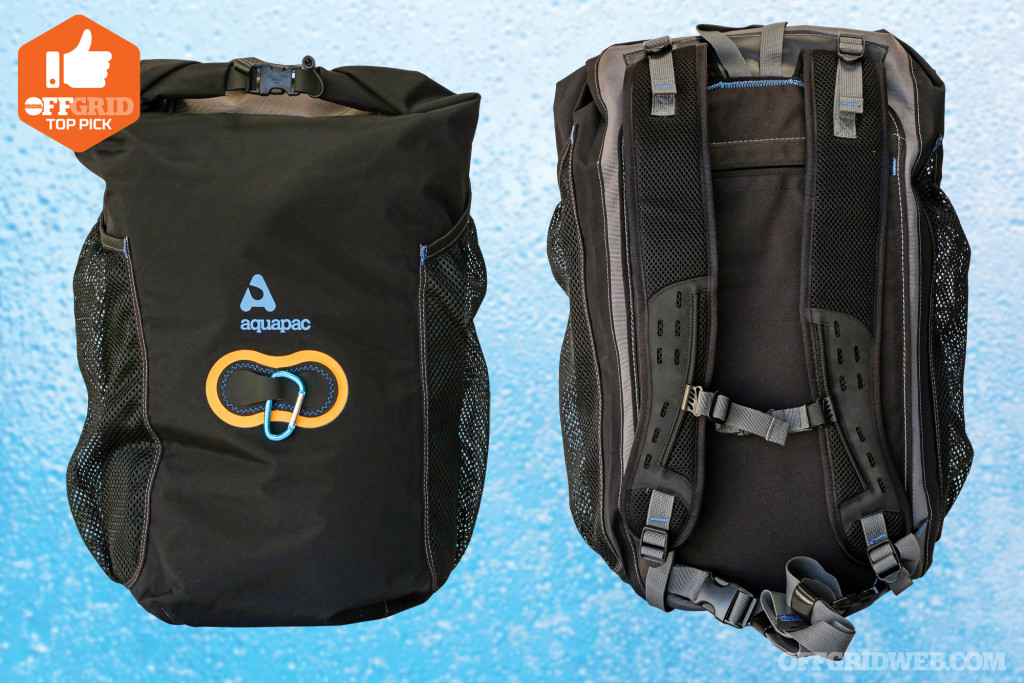
Aquapac’s Wet & Dry Backpack is a stormproof bag with the standards rating to prove it. It has an IPX6 rating, meaning it can withstand rain, splashing, and rough sea conditions. It’s no surprise, then, that the Wet & Dry Backpack had no problems passing our shower test.
Unlike most dry bags, the Wet & Dry Backpack has more than one compartment. It lives up to its name with a sizeable internal waterproof bag for separating clean clothes from dirty ones. Furthermore, this yellow bag has a clear pocket attached to it so you can quickly find your keys, smartphone, and other small objects without having to dig around.
On the outside, the padded back support can be removed to dry out, be substituted with a hydration bladder, or act as an improvised seat cushion on rocky terrain. Mesh pockets can hold water bottles or other items. And there are multiple lash points so you can clip on carabiners, lights, or other equipment.
At 35 liters, the Wet & Dry Backpack isn’t large, but it can serve as a stellar daypack in turbulent conditions.
Body Fabric
Polyurethane-coated 210-denier Taslan, 500-denier Oxford polyester
Capacity
35 liters (2,135 cubic inches)
Dimensions
23.6 by 15.7 by 8.7 inches
Weight
1 pound, 14 ounces
Colors
Black
MSRP
$110
URL
www.aquapacusa.com
Pros:
- Truly stormproof thanks to its coated nylon, taped seams, and roll-top closure
- Ability to separate clean and dirty gear
- Waist strap, breathable mesh shoulder straps, and a sternum strap that slides
- Interior bag is bright yellow for greater visibility.
Cons:
- This medium-sized pack won’t fit a lot of gear and supplies, so pack judiciously.
Granite Gear Talus
The Talus is a part of Granite Gear’s Barrier lineup, which has proprietary technology (including water-resistant zippers, Tarpaulite material, and Repelweave fabric) that aims to provide protection from the elements.

Prior to our shower test, we expected the Talus to fail because it has no external zipper flaps. We were surprised to find that the zippers and the Repelweave fabric stayed true, deterring water for seeping through its teeth and weave, respectively. Unfortunately, the seams betrayed Granite Gear’s Barrier technology. While newsprint at the top and middle of the pack were bone dry, we found that our newsprint was damp where moisture had gotten through the bottom corner seams.
As a campus-style knapsack, this bag has a padded, Tricot-lined sleeve that fits most 17-inch laptops, as well as a Tri-cot lined pocket for valuables like eyewear, smartphone, or wallet — all of which stayed dry during our tests.
However, you gotta take the pros with the cons. The Talus’ tall-and-slim design is meant to keep the weight of your load as close to your back as possible, easing the strain on your spine and maintaining a better center of gravity. This means stacking your items on top of each other in the main compartment; not inherently a bad thing in and of itself. But the odd thing is that the zipper on this front-loading pack doesn’t go past halfway, meaning you can’t access stuff at the bottom of the pack unless you remove the items at the top first.
Body Fabric
Repelweave
Capacity
33 liters (2,015 cubic inches)
Dimensions
20 by 12.75 by 9.25 inches
Weight
2 pounds, 8 ounces
Colors
Black (shown), Ember Orange, Enamel Blue, Flint, Midnight Blue, Rodin, Verbena
MSRP
$45
URL
www.granitegear.com
Pros:
- Divided sections, laptop sleeve, and mesh pockets help keep contents organized
- Sliding sternum strap, adjustable shoulder straps, and “hideable” waist strap
- Tri-cot lined pocket for valuables
- Affordable price tag
Cons:
- Zipper on main compartment doesn’t extend down far enough, making it awkward to get items from the bottom of the pack.
- Water seeped through the seams at the bottom corners.
Kelty Revol 65
Asher “Dick” Kelty is considered by many to be the inventor of the aluminum-framed backpack, among many other innovations. The Revol 65 carries on Kelty’s legacy, offering an ergonomic pack that lets you lug around a poopload of life-sustaining cargo.
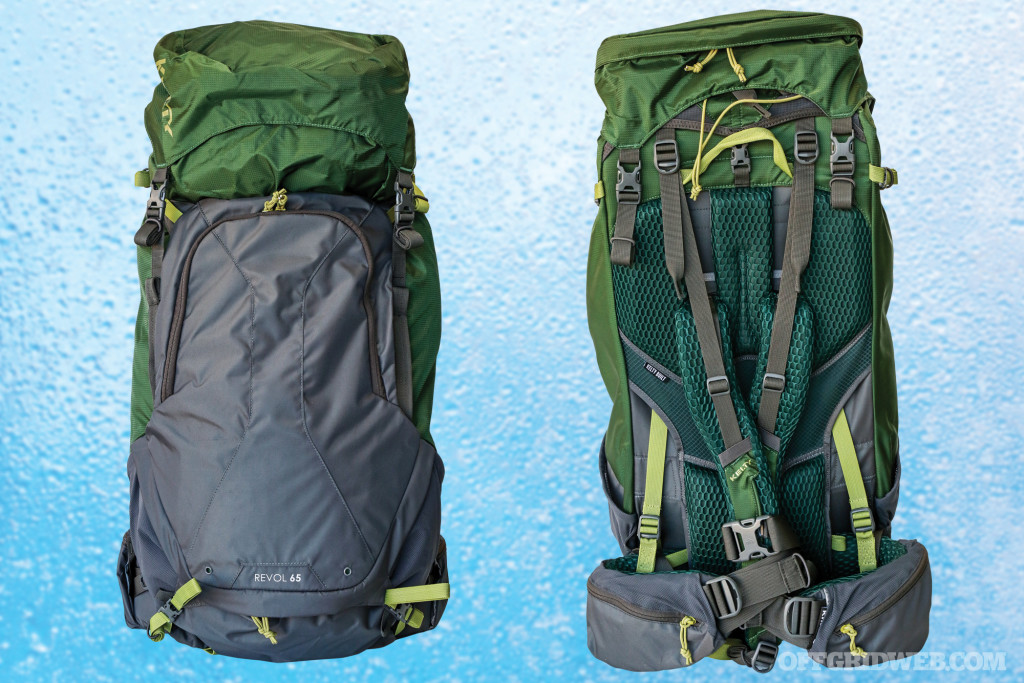
The aluminum and HDPE plastic frame combined with Kelty’s brilliant PerfectFIT adjustable suspension system keep the cargo weight on your hips and shoulders instead of your lower back. Plus, the lumbar support is adjustable and the Kinesis hip belt actually moves with your every step to increase stability. If that weren’t enough, there’s also a trap-door compartment at the bottom where you can access a sleeping bag (or other gear) without unloading the entire pack.
All this comes at a cost: weight. It’s more than 4 pounds, the heaviest pack in this buyer’s guide. If you load up the Revol to its 65-liter capacity, your three days’ worth of supplies can easily weigh north of 50 pounds. On paper, adding 4 pounds doesn’t seem like much, but after a few hours they’ll feel like an extra 40.
The Revol 65 is a top-loader with two quick-release buckles, meaning the main section is virtually shielded from any drizzle or snow. However, in our shower testing, we were shocked to find that the bottom of the pack got damp. It appeared some moisture slipped into the trapdoor compartment through the stitching. Still, it’s a technical trail pack that’s crazy comfortable and highly functional.
Body Fabric
210-denier Robic nylon ripstop
Capacity
65 liters (3,950 cubic inches)
Dimensions
30 by 12 by 10 inches
Weight
4 pounds, 3 ounces
Colors
Forest Green (shown), Raven
MSRP
$220
URL
www.kelty.com
Pros:
- Padded back panels, adjustable suspension system, and Kinesis hip belt
- Trap-door compartment
- Three-day pack that doesn’t scream “bug-out bag!”
- It’s packed (pun intended) with subtle smart features, including an external hydration sleeve, zippered pockets in the hip belt, dual grab handles, loops for trekking poles or ice axes, and a top stash pocket to keep phone and sunglasses from getting crushed.
Cons:
- At more than 4 pounds, it’s about a pound heavier than we’d like.
- While the main section stayed dry, the trapdoor compartment got damp during our shower test.
Mountainsmith Tanack 10L Lumbar Pack
Founded almost four decades ago by mountaineering guide Patrick Smith, Mountainsmith has been a staple among trailblazers because of its many ground-breaking patents. In recent years, the company has teamed up with photographer Chris Burkard to create a series of photography-focused packs. One of the latest collaborations is the Tanack 10 — the most hard-core fanny pack you’ll ever see.
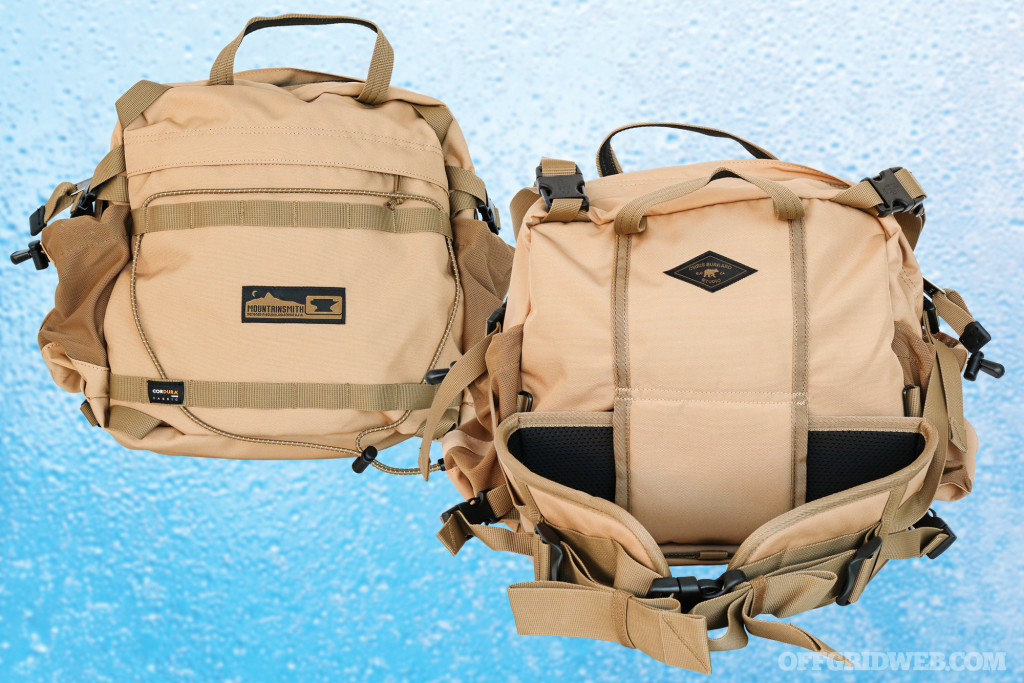
The Tanack 10’s Cordura fabric is ridiculously tough, the zippers are guarded by external flaps, and there’s a removable rain cover hidden in the base panel pocket. When encased in said rain cover, this lumbar pack is virtually waterproof. So naturally, we took the rain cover off to see how the lumbar pack would do naked. The results? Not ideal. Water managed to slip through, turning newsprint at the top and bottom damp.
Still, the Tanack 10 has numerous features to keep it as comfortable and convenient as possible: removable padded shoulder strap, two side pockets for water bottles or other items, detachable interior bag for accessories that can be attached to the exterior, and a quick-release padded waist belt (which is compatible with the Moutainsmith Tanack 40 backpack).
Despite its name, the Tanack 10 actually has a 15-liter capacity — not a whole lot. However, it can be used as an improvised go-bag if feces suddenly meets fan or as a daypack on a hiking adventure. Of course, if you’re into photography, it works best for those who want to stay mobile in challenging environments yet need quick access to their camera. (Though you’ll need to pony up an extra $60 if you want padded dividers for your equipment.)
Body Fabric
610-denier Cordura HP, 210-denier nylon liner
Capacity
15 liters (900 cubic inches)
Dimensions
11.75 by 12.25 by 5.5 inches
Weight
1 pound 13 ounces
Colors
Barley (shown), Black
MSRP
$100
URL
www.mountainsmith.com
Pros:
- Durable materials combined with quality craftsmanship
- Included rain cover provides maximum protection from inclement weather
- Interior accessories pouch can transform into additional external storage
- Delta Compression System helps you adjust for different loads, cinching up as needed.
Cons:
- Too small to hold a substantial amount of survival supplies, yet weighs almost 2 pounds.
- Without the rain cover, the interior got wet while the exterior stayed damp the longest of all the packs tested.
Scrubba Stealth Pack
Certainly the most unique entry in this buyer’s guide, the Scrubba Stealth Pack is a four-in-one solution: a weatherproof backpack, a compression dry bag, a camp shower, and a portable washing machine. Yes, you read those last two functions correctly.

This invention came about when Scrubba founder Ash Newland of Australia and a friend were planning to climb Tanzania’s Mount Kilimanjaro in 2010. They realized their cold-weather apparel and camping gear would take up most of the cargo space, leaving them room for just a few changes of casual clothes. Soon enough the first Scrubba bag was born.
The Stealth Pack version combines a waterproof roll-top bag, a flexible integrated washboard, and a multifunctional valve in one durable package. To use it as a washer, place your dirty clothes with some water and detergent inside the bag, close the roll-top closure, then scrub the garments for up to 3 minutes.
If you’re in need of a shower after mucking around in the backcountry, just fill this dry bag with water, hang it from a tree, and let its black nylon soak up some sunrays. Then turn the valve and get a warm rinse in. If you’re traveling, this Scrubba can act as compression bag. Fill it with clothes, squeeze out all the air, and tighten the valve. It’ll stay compact, saving you luggage space.
As a dry bag, the Stealth Pack effortlessly passed our shower test with flying colors.
For serious survivalists, the Stealth Pack won’t suffice as a primary BOB, but would shine as a valuable add-on thanks to its multipurpose design.
Body Fabric
Waterproof 40-denier nylon fabric, 210-denier nylon back panel
Capacity
21 liters (1,281 cubic inches)
Dimensions
21 by 13 by 7 inches
Weight
1 pound
Colors
Black
MSRP
$100
URL
www.thescrubba.com
Pros:
- Can quadruple as a dry bag, compression bag, portable washer, and camp shower
- Weatherproof design and construction
- Outside-the-box design
- Excellent as a supplemental pack
Cons:
- Limited 21-liter capacity
- Like most dry bags, there’s just one compartment; no internal or external pockets or pouches.
Is Budget Waterproofing Feasible?
Testing all the bags for our stormproof backpack buyer’s guide got us thinking: Is it feasible and possible to make a weather-resistant knapsack on the cheap? After all, not everyone has a hundred bucks lying around to spend on a brand-new dry bag. But a bottle of waterproofing wax runs for only $10.
To craft our own DIY stormproof backpack, we looked for a backpack that wasn’t just affordable but also common (to approximate what one might find in an average household). Anyone who’s ever attended high school in the past 50 years has owned or seen a JanSport bag, so we selected the Trans by JanSport SuperMax. It features a 15-inch padded laptop sleeve, four zippered compartments, and a lifetime guarantee. Price tag? Anywhere between $25 to $35 online.
Next came selecting the waterproof coating. There are all sorts or protectants available today, from silicone aerosols to durable water repellents (DWR) made of fluoropolymers. We chose a $9 bottle of Nikwax Tent & Gear SolarProof. Aside from being a water-based formula that’s non-aerosol, non-flammable, and non-hazardous, it provides both H2O repellency and shielding against UV damage.
Following the directions, we sprayed an even coat of Nikwax on the SuperMax, waited two minutes, and wiped excess liquid with a damp cloth. We let the pack dry overnight. The next day we performed our in-house rain simulation: stuffed it full of newsprint paper, closed all the zippers, and put it under a running showerhead for 10 minutes. Then we wiped off the droplets on the pack’s exterior.
So how did our DIY stormproof pack do? Like a drunk celebrity at a police checkpoint, it failed miserably. While the Nikwax did indeed help water bead up and stay on the surface of the polyester fabric, the coating couldn’t stop H2O from flowing through the seams or zippers, where our newsprint paper was most mush-like.
The lesson? You can paint a dinghy to look like a submarine, but that won’t stop it from taking on water when you hit rough seas. If you’re looking for a truly weatherproof pack for your next bug-out bag, make sure it was manufactured with weather-resistant properties in the first place, because a waterproof coating can only do so much.
H2O Hack
As is the case with most survival gear, the higher the standards of quality and functionality we demand of our stormproof packs, the higher the price tags. So how can you keep your supplies dry if you can’t afford an expensive dry bag?
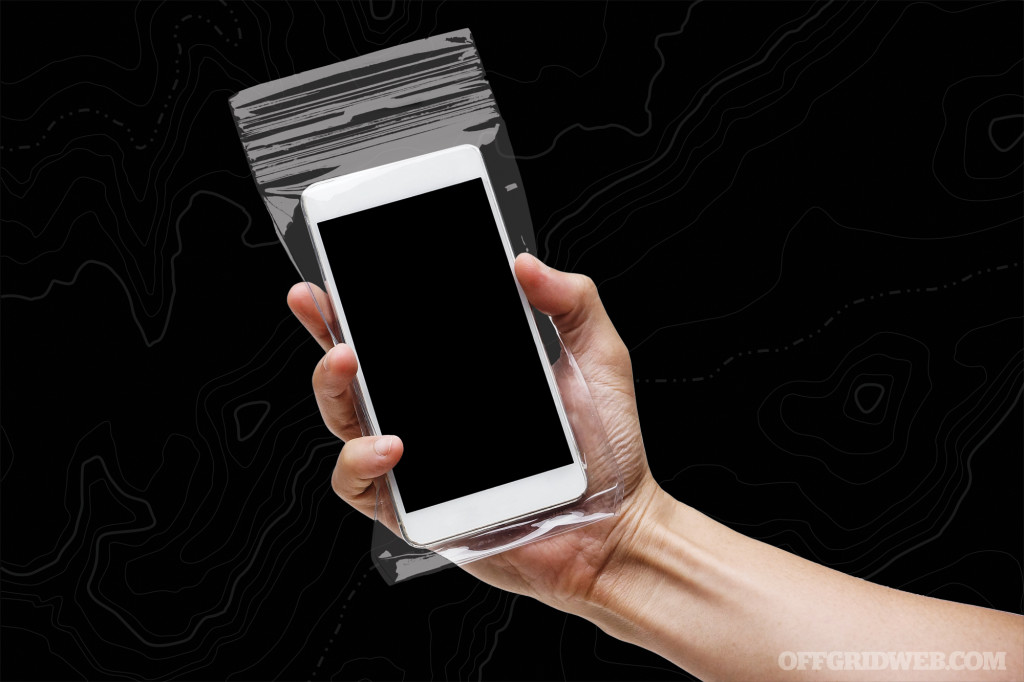
If you’re prepping on a budget, backpack designer Mel Terkla recommends two economical strategies.
“A built-in waterproof pack rain cover or a standalone one is the easiest way to keep the rain at bay,” says Terkla, an independent designer who’s worked for a variety of companies including Kifaru. “The other option is to separate all your gear into waterproof bags” before placing them in your backpack.
By “waterproof bags,” he’s referring to airtight plastic pouches made by companies such as Loksak. They look like zippered sandwich bags but are 100-percent waterproof, far more durable, and come in a variety of sizes. For example, Loksak’s OPSAK can be as small as 7 by 7 inches or as large as 28 by 20 inches and start at $9.49 for a two-pack. If you’re really pinching pennies, Terkla says, then use that money to get a box of Ziploc freezer bags and separate your survival gear accordingly.
As for rain covers, if your backpack doesn’t come with one, you can find generic models for as little as $5 or quality brand covers starting at about $15, depending on size and compatibility.
“These two simple solutions will make your bag absolutely stormproof without any loss of durability,” Terkla says.
More From Issue 25
Don’t miss essential survival insights—sign up for Recoil Offgrid’s free newsletter today!
Read articles from the next issue of Recoil Offgrid: Issue 26
Read articles from the previous issue of Recoil Offgrid: Issue 24
Check out our other publications on the web: Recoil | Gun Digest | Blade | RecoilTV | RECOILtv (YouTube)
Editor’s Note: This article has been modified from its original version for the web.


